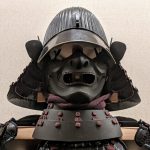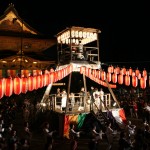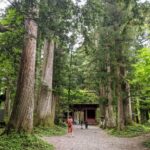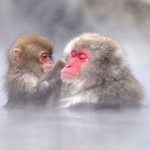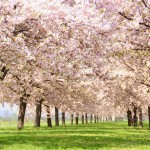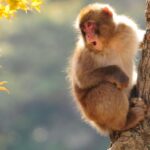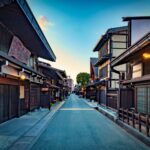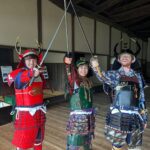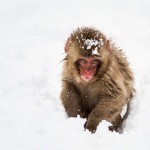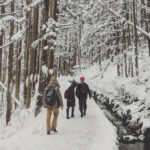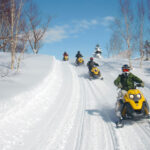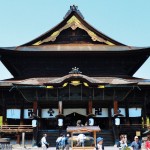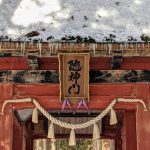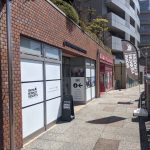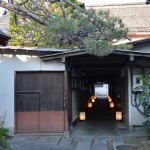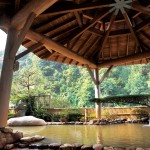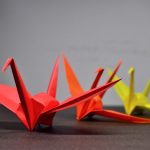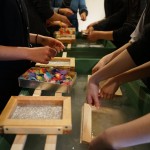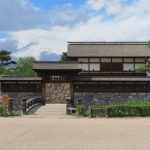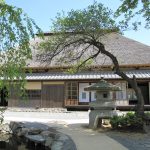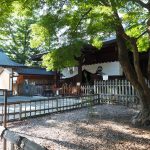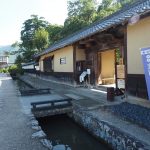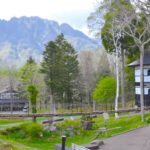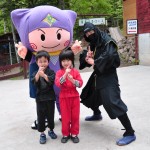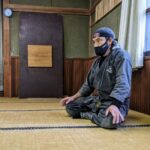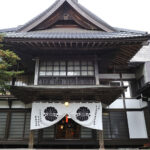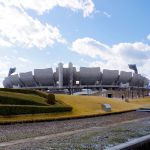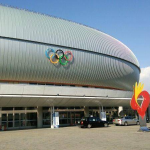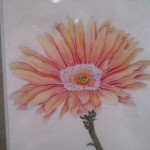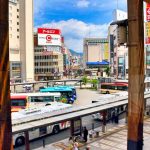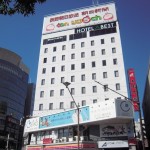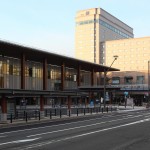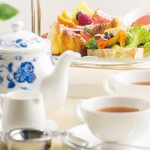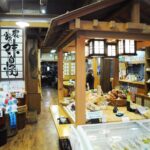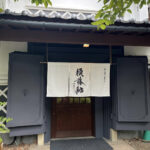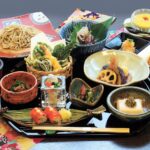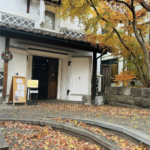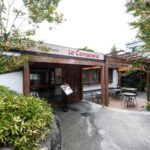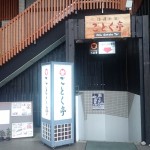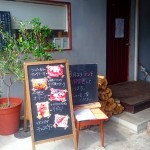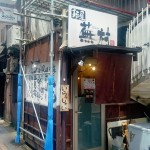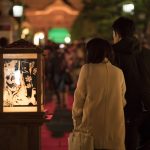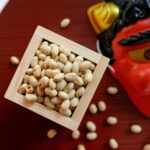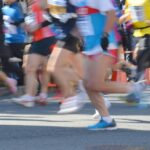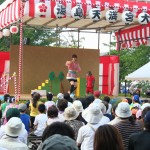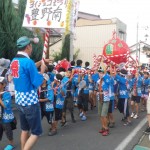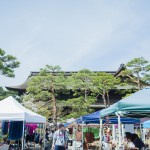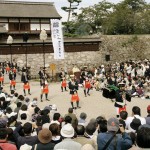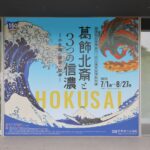40 Things to Do Around Nagano & Where to Stay

Lying in the centre of Honshu, Japan’s largest island, Nagano is the country’s fourth largest prefecture. Completely landlocked, Nagano is known for its mountains, natural landscapes, liveability, abundant farmlands, wildlife and of course, many ski resorts. Nagano City is largest city in Nagano Prefecture and the most convenient point from where to explore the many destinations on offer in Central Japan. On this page you will find the following information:
— 40 Best Things to Do Around Nagano
— Tours and Charters to the Monkey Park
As the proud host of the 1998 Winter Olympics and home to the now world-famous Jigokudani Monkey Park, Nagano has a strong association with winter. It’s for good reason! Home to around eighty ski resorts and boasting the majority of Japan’s tallest mountains, Nagano is indeed a land of heavy snow and deep cold each winter – a combination that attracts skiers and snowboarders from all over the world. Yet there’s just as much to do outside of winter! As the snow melts in spring, a fertile and lush landscape is revealed offering some of Japan’s best hiking and mountaineering, along with other outdoor pursuits and plenty of great food.

We are proud to call Nagano our home and hope this page entices you to visit. As a registered travel agent and Nagano’s No.1-rated tour and charter operator, we offer both group and private tours, ski and travel packages, accommodation, private charters and more! For further details, scroll to the bottom of the page. Let’s start with the obvious question:
WHERE IS NAGANO CITY?
Located around 245KM to the north-west of Tokyo, Nagano City is the largest city in Nagano Prefecture and the primary transport hub for visitors heading to the region’s most popular destinations including the many ski resorts of Nagano, the Jigokudani Monkey Park, the Tateyama-Kurobe Alpine Route, multiple national parks and many other fantastic attractions. Nagano Station is a stop on the Hokuriku Shinkansen line running from Tokyo to Kanazawa – 80 to 110-minutes from the capital depending on which service you choose – along with the Limited Express ‘Shinano’ service running to Matsumoto, the Kiso Valley and Nakasendo, and Nagoya; while the Nagano Dentetsu Line runs to Yamanouchi, home of Nagano’s famous Snow Monkeys. Highway and local bus services also run from the station to many regional destinations including Togakushi, the monkey park and the ski resorts of the Hakuba Valley and Shiga Kogen – Japan’s largest resort – making Nagano City the primary transport hub for northern Nagano Prefecture. While Nagano may be the largest city in the region, it is small compared to the expansive metropolises of Japan with a population of around 370,000. One of Japan’s most liveable cities, Nagano is most famous for the near-1400 year old Zenko-ji Temple – a registered National Treasure and one of the most important Buddhist complexes in Japan – along with the Shinto shrines of Togakushi and samurai town of Matsushiro, that lie within the city boundary.
40 BEST THINGS TO DO AROUND NAGANO

Host of the 1998 Winter Olympics, Nagano is known best for its long winter and world-class snow. Boasting the most ski resorts of any region of Japan, there is no doubt that when it comes to skiing and snowboarding, Nagano is one the best destinations in Asia. However the mountains are just as big outside of winter and offer just as many reasons to visit in spring, summer and autumn. When visiting the region, chances are you’ll do so via Nagano City so let’s start there with our suggestion of the best things to do while in Nagano:
1 / ZENKO-JI TEMPLE – NAGANO’S SPIRITUAL HEART / all year round
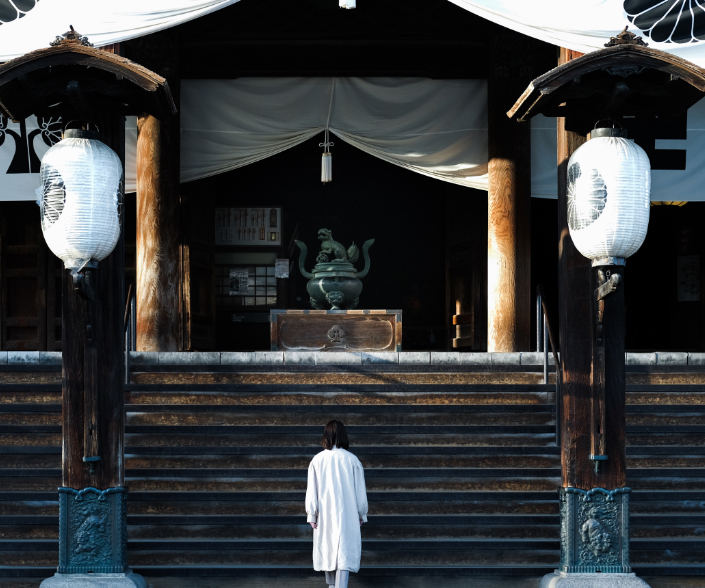
Founded in 642, Zenko-ji is one of the oldest and most important Buddhist temples in Japan. Less than 20-minutes walk from Nagano Station, follow the city’s historic thoroughfare – the ‘Omotesando’ or ‘Pilgrim’s Way’ all the way to the temple. Arriving at Zenko-ji, visitors discover one of the most welcoming temples in Japan. Housing the oldest known Buddhist statue in Japan, the main temple is a registered National Treasure and the spiritual heart of the region. A morning ceremony takes place every day of the year, with visitors of all faiths and backgrounds welcome, with the temple also hosting several major festivals each year. Within and around the temple complex, guests can stay overnight at one of many traditional ‘shukubo’ (temple lodgings), offering the most memorable and rewarding way in which to experience Zenko-ji.
However, the history and culture around Zenko-ji temple is not necessarily readily apparent. To make the most of your visit and ensure that you do not miss out on any of tidbits of knowledge and fascinating facts about the Temple, the best option is to take a guided tour with a knowledgeable guide. See below for more information about our tour of the region.
1 Day Tour

| 1-Day Tour: Snow Monkeys, Zenkoji Temple & Sake in Nagano | |
|
| |
| Period | All Year Round |
| Time | 09:35 – 17:35 |
| Meeting Place | Nagano Station Hakuba (winter only) |
| Adult Rate | ¥17,800 |
| Child Rate | ¥11,000 |

2 / BUDDHIST EXPERIENCES AT ZENKO-JI / all year round
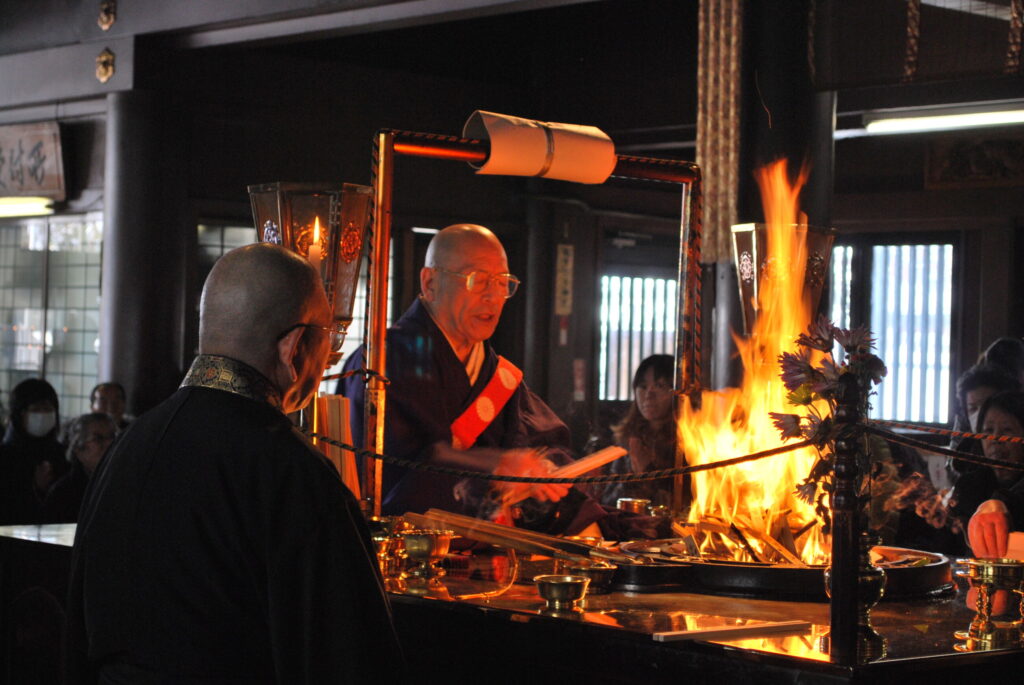
Known as one of Japan’s most open and welcoming temples, Zenko-ji offers visitors of any faith and background the opportunity to try several key Buddhist practices All led by resident monks, ‘goma’ prayer (fire ceremony), ‘shakyo’ (calligraphy) and ‘zazen’ (seated meditation) experiences are available upon request. Experiences take different lengths of time and can be booked on most days, as long as you provide adequate notice. Visitors wanting to extend their knowledge of the temple might also like to consider booking a tour with us – see below for details.
2 Day Tour
| 2-Day Tour: Snow Monkeys, Samurai Experience & Zenkoji ‘Shukubo’ Stay | |
| Period | All Year Round |
| Time | Day1: 11:45-17:45 Day2: 09:55-17:35 |
| Meeting Place | Nagano Station |
| Adult Rate | ¥48,000 ~ |

3 / THE FOREST SHRINES OF TOGAKUSHI / all year round
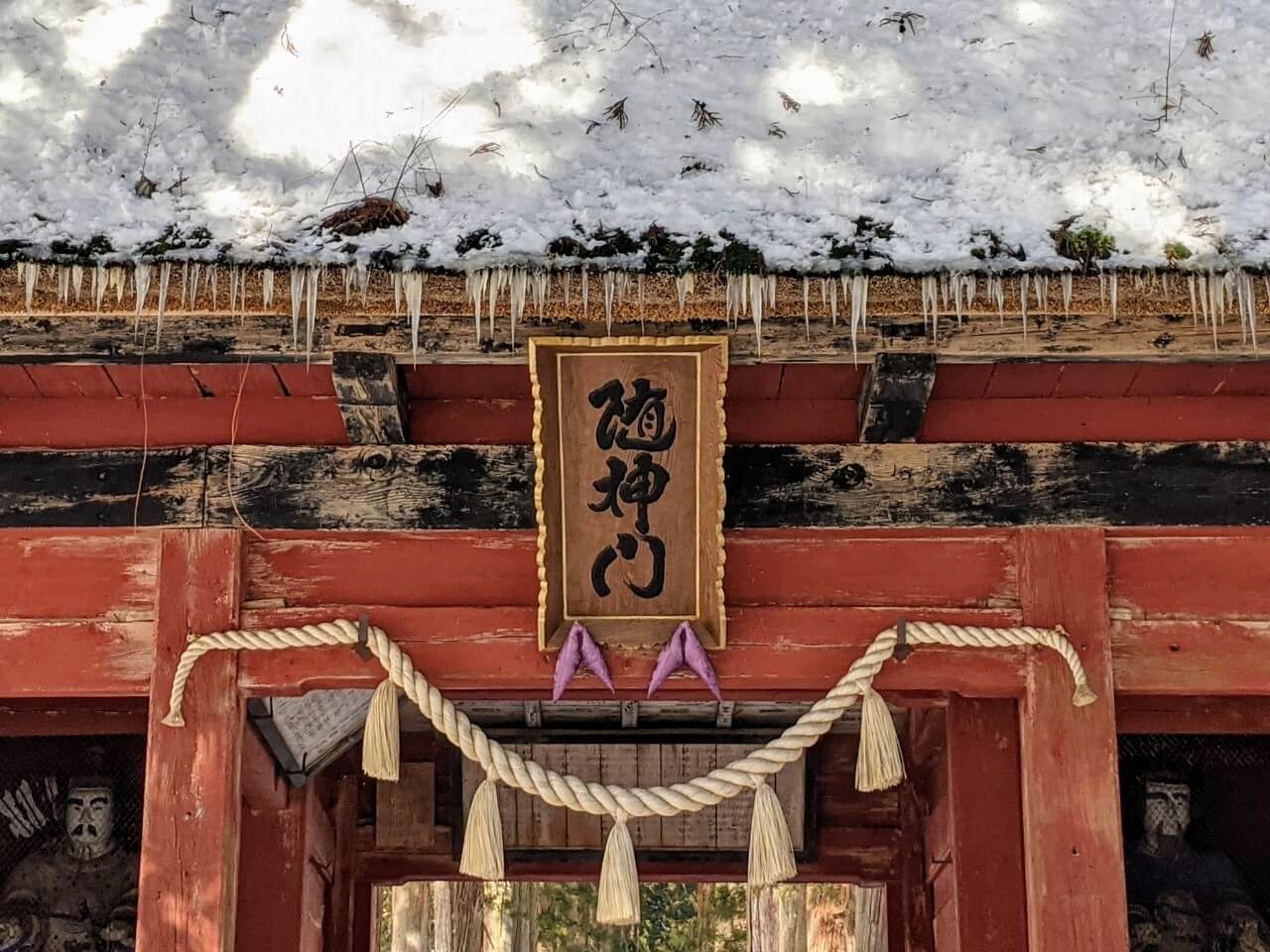
Japan’s native religion of Shintoism has its roots in nature worship and a belief that notable natural features are imbued with divinity. This belief is on grand display in Togakushi, where the five shrines making up the Shinto complex are spread through the forest with trails leading from one to the next. Of the five, the ‘Okusha’ (Upper Shrine) is the best known due to the avenue of giant cedars leading to it. Many of the huge trees are between 400 to 800 years old and considered inhabited by ‘kami’ or ‘the divine’, meaning that they have as much importance as the shrine itself.

Approaching the Okusha from Nagano, you will pass the largest of the five shrines – the ‘Chusha’ (Middle Shrine). Accessible via walking trails or directly via car or local bus, the shrine is dedicated to wisdom and famous for several enormous cedars that estimated to be around 800 years old. Surrounding the middle shrine, several ‘soba’ restaurants and bamboo craft shops are within easy walking distance.
1 Day Tour
| 1-Day Togakushi Legends Tour: Hands-on Soba Noodles, Ninja Village, and Hidden Shrines | |
|
| |
| Period | July to November |
| Time | 09:35 – 17:20 |
| Meeting Place | Nagano Station Information Board |
| Adult Rate | ¥19,800 |
| Child Rate | ¥11,000 |

Togakushi can be quite time consuming to reach if you do not have a rental car. Instead, why not leave it up to the pros and take part in our guided tour of the area which includes accommodation?
4 / RELEASE YOUR INNER NINJA / April to November
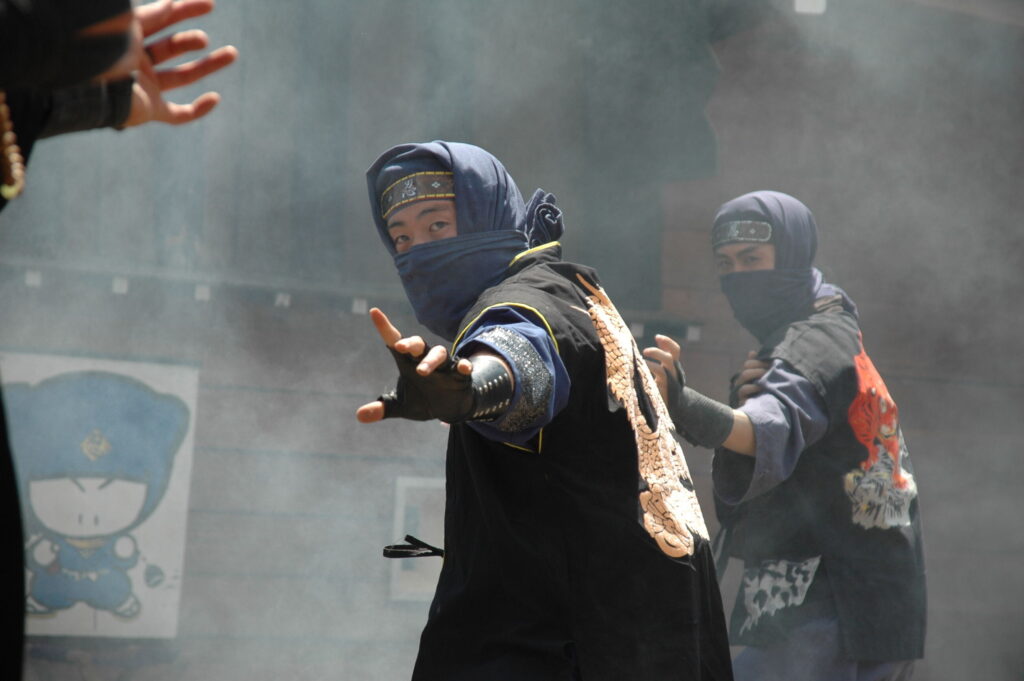
For more than 800 years, Togakushi has had a strong association with Japan’s fabled ninjas. Established in the 12th century, the Togakure school of ninja was founded in the mountains of Togakushi and though practicing ninja maybe few and far between these days – believe it or not there are still some – the mountains and forests of Togakushi now play host to a ninja museum and kids village. Located directly across from the cedar avenue leading to the Okusha, the Togakure Ninpo Museum showcases the local Togakure school of ninja including exhibits of tools and weapons used. Visitors can try their hand at essential ninja skills such as throwing ‘shuriken’ (ninja stars) while the highlight of the museum lies in wait at the Ninja House. Rigged with secret doors, passages and traps to confuse those who enter, the aim is simple – get yourself back out of the house! The house is a true maze, equally fun for adults as it is children

The ‘Chibiko Ninja Mura’ (Kids Ninja Village) is located within 15 minutes walk of the Chusha (Middle Shrine) and designed for children with obstacle courses and everything they need for ninja training. Activities including blow darts and shuriken are available at an extra charge. Children can also dress-up in ninja outfits for the duration of their visit. Two ninja mansions include trapdoors and contraptions, to confuse and delightful the kids as they attempt to escape.
5 / MYOKO-TOGAKUSHI RENZAN NATIONAL PARK / all year round
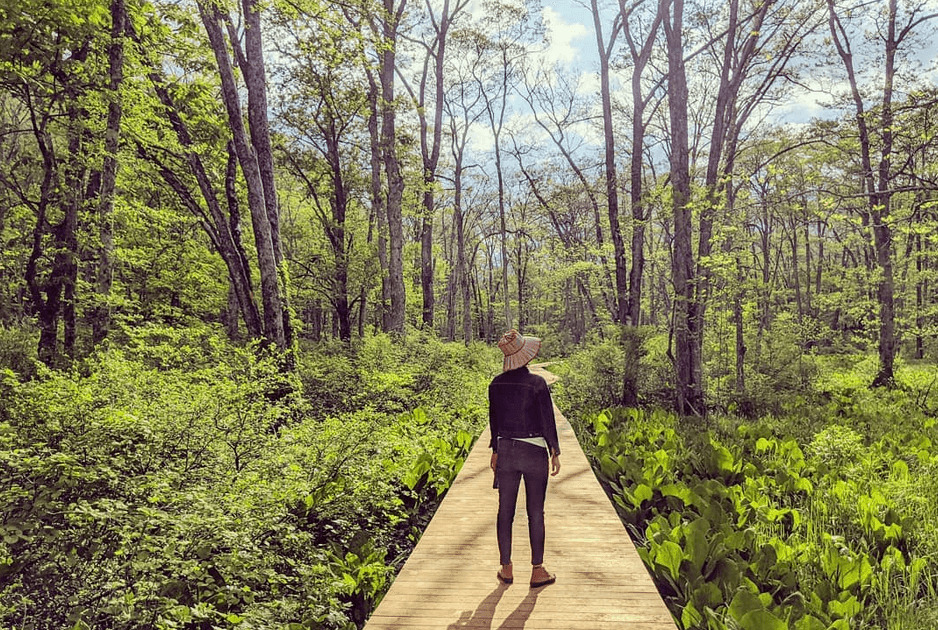
Located around 1200 metres above sea level, Togkaushi is nestled within the larger Myoko-Togakushi Renzan National Park. The park is densely-packed mountainous area of forests, waterways, ski resorts and important mix natural and cultural sites. Among its multiple peaks Mount Hiuchi is the tallest at 2,462 metres above sea level while the park takes its names from the peaks of Mount Myoko and Mount Togakushi.





Extending into Niigata and the ski resorts surrounding Mount Myoko, the national park is a destination to itself that can be enjoyed throughout the year.
6 / MATSUSHIRO: NAGANO’S SAMURAI TOWN / all year round

Located 12km to the south of central Nagano City, Matsushiro is a small enclave known for its samurai heritage and as the former stronghold of the Sanada clan. Originally from Ueda, the Sanada clan relocated to Matsushiro during the 17th century. Today, the town’s samurai heritage lives on many excellent Edo Period attractions including Matsushiro Castle Park, the former Sanada Residence and Bunbu Military Academy, other samurai residences, temples, shrines and museums.
1 Day Tour
| 1-Day Samurai Food & Life Tour: Oyaki, Samurai Residences, and Katana Practice | |
| Period | All Year Round |
| Time | 10:30-17:45 |
| Meeting Place | Nagano Station Hakuba (winter only) |
| Adult Rate | ¥17,800 |
| Child Rate | ¥11,000 |

7 / MATSUSHIRO: ZOZAN WAR TUNNELS / all year round
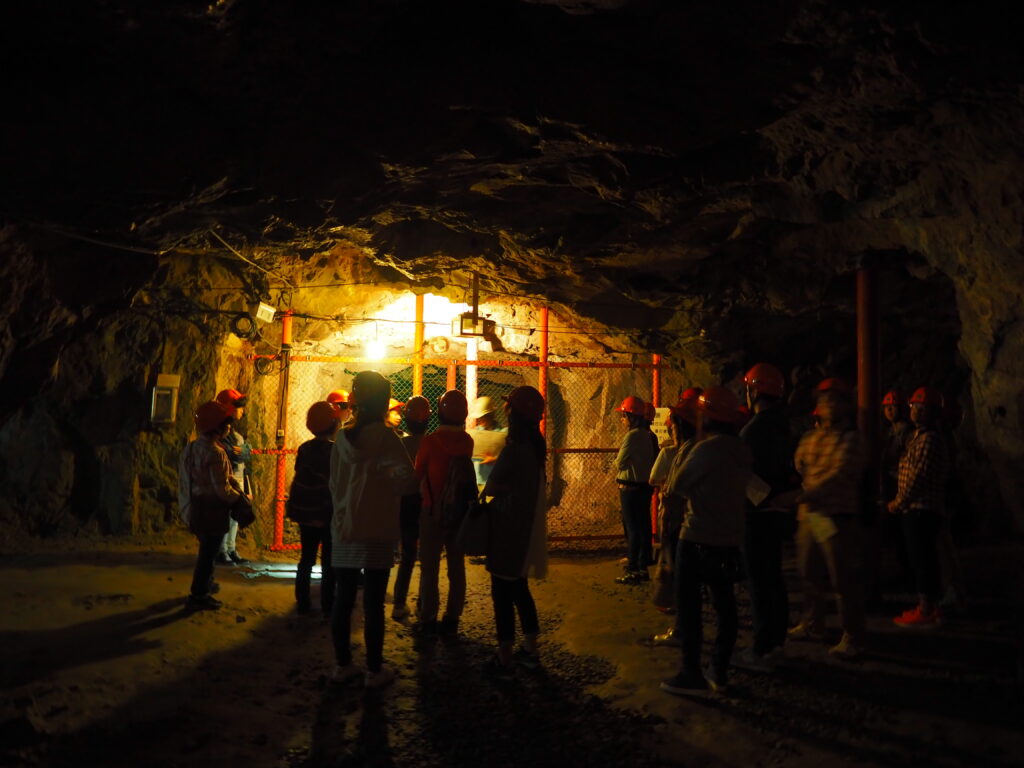
Less apparent than Matsushiro’s celebrated samurai heritage, the town is also home to an open secret beneath its feet. Excavated in the final months of WWII, the Zozan Imperial Wartime Tunnels were the intended headquarters of the Japanese military and government during the expected invasion by the Allied Forces. An extensive network of tunnels and subterranean bunkers were around 75% completed when the war came to an end and were as a result, never used. Formally referred to as ‘Matsushiro Daihonei’ or the ‘Matsushiro Underground Imperial Headquarters’, a 500 metre tunnel remains open to the public.
8 / JIGOKUDANI MONKEY PARK / all year round
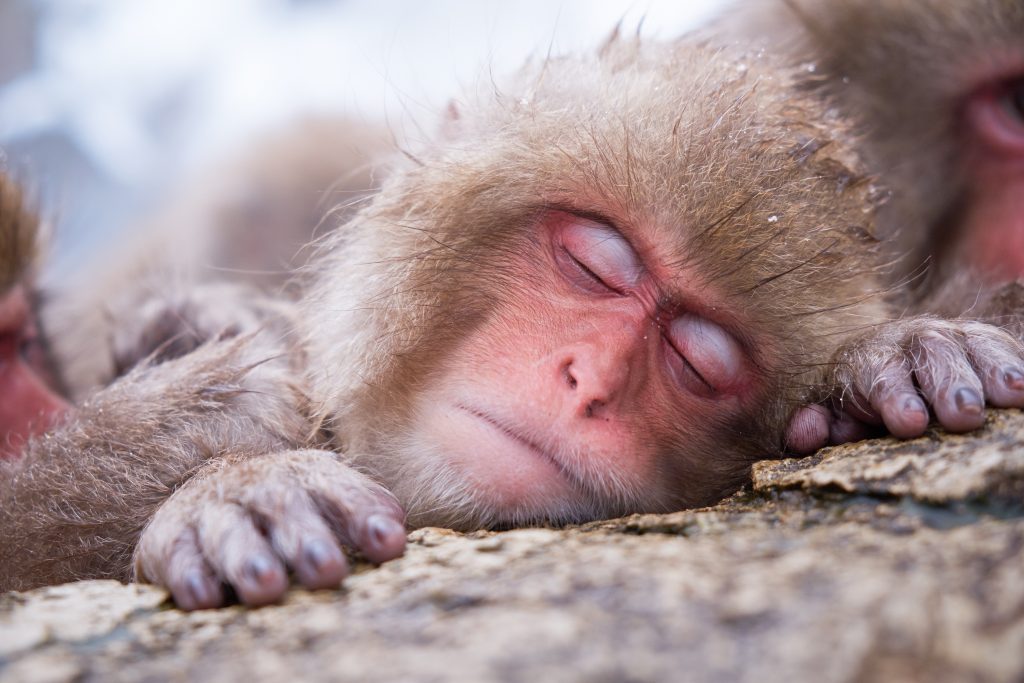
Located in the Yamanouchi area of Nagano, the Jigokudani Monkey Park is one of the region’s most popular destinations. Most famous for their hot spring-loving antics of winter, the monkeys actually come to the park all year round. Each season provides its own unique reasons to visit the park; from the curious sight of the monkeys enjoying life in the snow through winter, to the cherry blossoms and baby monkeys of spring, hot and lush surroundings of summer and the beauty of the leaves in autumn.
1 Day Tour

| 1-Day Tour: Snow Monkeys, Zenkoji Temple & Sake in Nagano | |
|
| |
| Period | All Year Round |
| Time | 09:35 – 17:35 |
| Meeting Place | Nagano Station Hakuba (winter only) |
| Adult Rate | ¥17,800 |
| Child Rate | ¥11,000 |

Want to turn your visit to the monkeys into a real experience? Why not join one of our tours to the park! Operating through the year all tours are led by locally-based guides and include entry to the park, all transport costs, lunch and other activities.
9 / EXPLORE YAMANOUCHI – HOME OF THE SNOW MONKEYS / all year round
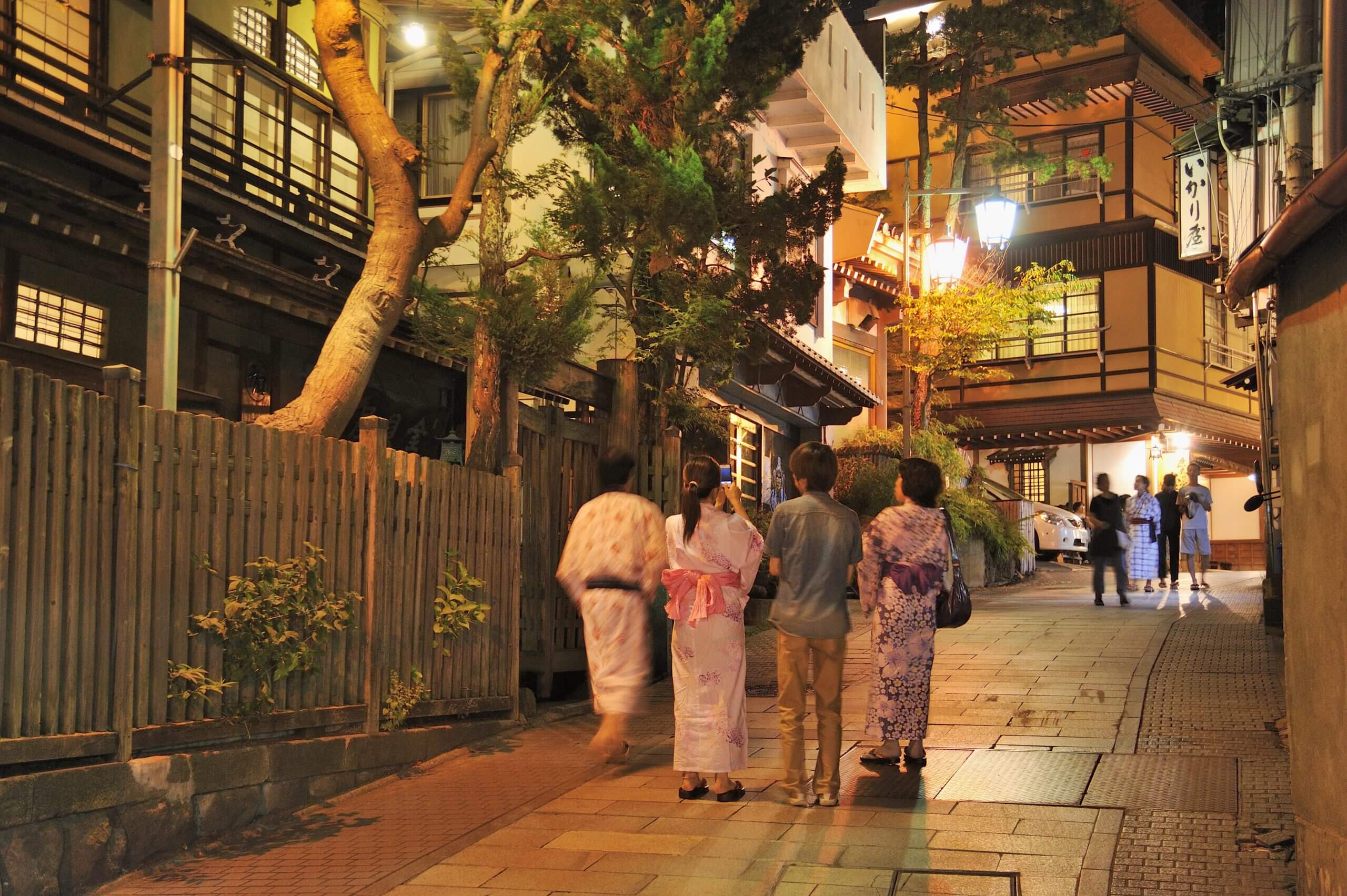
Home to the Jigokudani Monkey Park and ski resorts of Shiga Kogen and Kita-Shiga Kogen, Yamanouchi is at its most popular in winter yet offers just as many reasons to visit through spring, summer and autumn. Blessed with abundant farmlands, pristine nature, numerous hot springs and heavy snow in winter, Yamanouchi has a strong association with healing, refuge and renewal and Yamanouchi is divided into three areas – Yudanaka & Shibu Onsen, Shiga Kogen and Kita-Shiga Kogen. Staying a one of Yamanouchi’s many guesthouses is an ideal way to enjoy Japan’s renowned traditional service – including traditional ‘kaiseki’ (multi-course) dining that showcases the abundant produce of the region. For further information, see our ‘Discover Yamanouchi – Home of the Snow Monkeys’ page.
10 / SHIGA KOGEN: JAPAN’S LARGEST SKI RESORT / late-November to May


Located a short distance from the Jigokdani Monkey Park, Shiga Kogen is Japan’s largest and highest ski resort. The resort is comprised of 18 ski areas – some large, some small – spread over more than 600 hectares of terrain and offering more than 80km of ski runs. Spread between five mountain peaks, Shiga offers visitors an unparalleled expanse of interconnected terrain with free shuttle buses running around the resort to the few areas that are not connected. Shiga Kogen’s higher altitude means it receives snow earlier than nearby resorts and keeps it for longer, blessing the resort with the longest season and best spring skiing in Nagano.
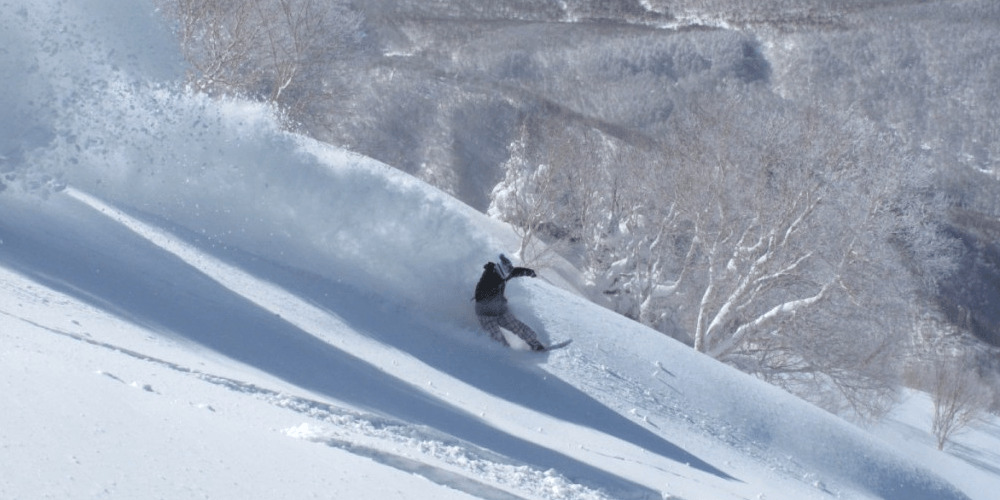
Nearby but not connected to Shiga Kogen, the four ski resorts making-up Kita-Shiga Kogen live in the shadow of their much larger neighbour, but also win lots of fans including locals. Of the four resorts, Ryuoo Ski Park has the most to offer with some excellent powder up top and long runs all the way back down.
11 / OTHER WINTER ACTIVITES IN SHIGA KOGEN / December to March

Outside of skiing and snowboarding, Shiga Kogen offers a range of family-friendly facilities for visitors. If you are visiting the resort with children or don’t have much experience and looking for a fun and easy activity, Maruike Snow Activity Park– located in the Maruike ski fields – is a great option for you! The activity area is fenced-off and provides you with a various gear including sledges, snow-tubes, snowscoots and snowdrives and lots of snow to make a snowman or have a snowball fight. Further into the resort, the Yakebitaiyama Family Snow Park is located directly outside of Prince Hotel West, offering a similar range of activities for kids, families, or anyone wanting to release their inner-child!
1 Day Tour
| 1-Day Tour: Snow Monkeys & Snow Fun In Shiga Kogen | |
|
| |
| Period | December to March |
| Time | 08:45 – 17:30/18:00 |
| Meeting Place | Nagano Station Snow Monkey Park Area |
| Adult Rate | ¥21,800 |
| Child Rate | ¥13,300 |

12 / HAKUBA VALLEY: NAGANO’S MOST INTERNATIONAL RESORTS / December to late-March


Located between 60 to 90-minutes drive from Nagano Station, the ski resorts making-up the Hakuba Valley are considered some of the best in Japan. In total, ten resorts make the area collectively referred to as ‘Hakuba Valley’, offering skiers and snowboarders a vast amount of terrain and spectacular alpine views. Having hosted several events during the 1998 Winter Olympics, Hakuba Happo One Snow Resort is the best known and largest of the lot. Within walking distance of the Hakuba Happo Bus Terminal, Happo One has a fantastic range of terrain including epic backcountry.

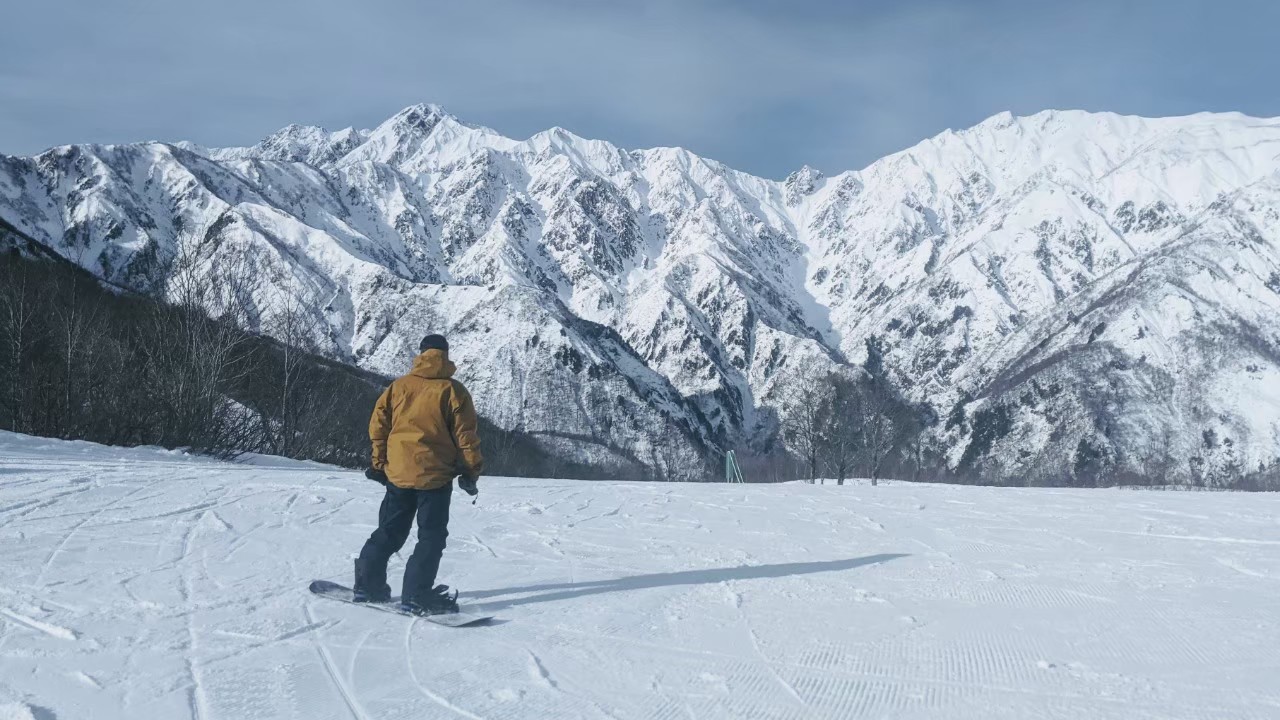


Nearby Hakuba Goryu Snow Resort and Hakuba 47 Winter Sports Park are connected and can be enjoyed on a single all-mountain pass. Rivalling Happo One in size and boasting Hakuba’s longest season, these resorts always popular with international visitors. These are only three of the many fantastic resorts of Hakuba!
13 / NOZAWA ONSEN, MADARAO, & BEYOND! / December to April

Around 70-minutes drive from Nagano Station or only 20-minutes from Iiyama Station, Nozawa Onsen Snow Resort is one of Nagano’s most popular resorts – offering skiers and boarders around 300 hectares of train between 565 and 1650 metres. Also known for its great powder and setup for snowboarders, Nozawa is a lively resort serviced by a large village full of accommodation, restaurants and bars and ‘onsen’ (hot springs), Nozawa’s reputation is as much based on what happens off the mountain as what happens on it. Across the valley from Nozawa Onsen, Madarao Mountain Resort has quickly found popularity due to its heavy snowfall, great powder and super enjoyable tree runs.
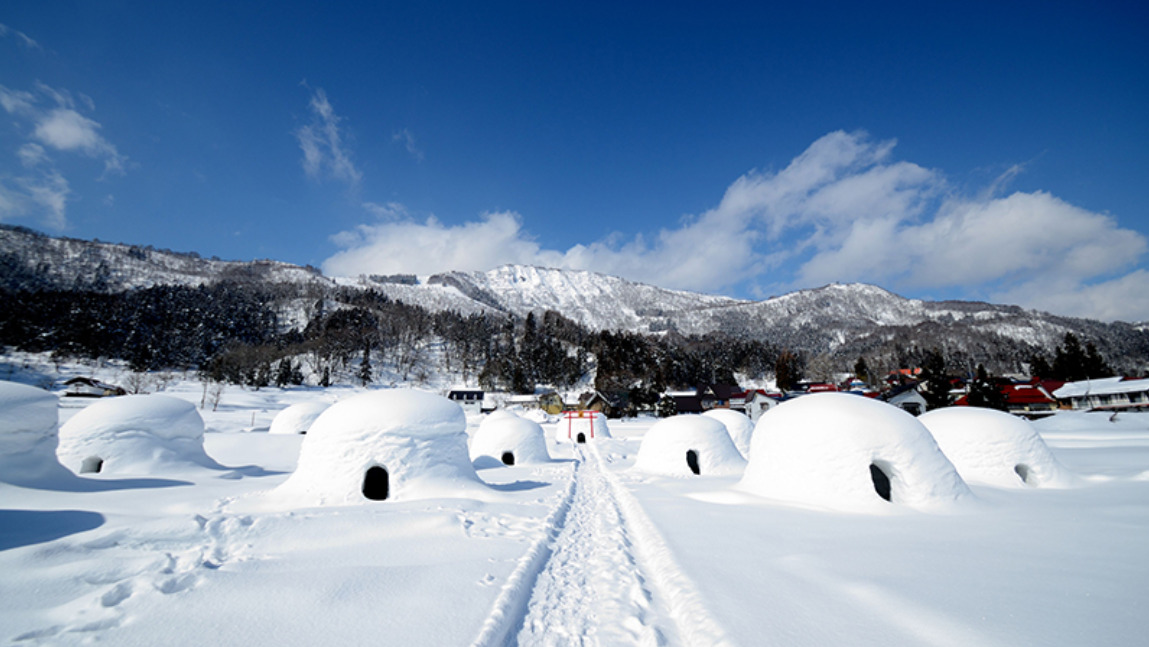
1 Day Tour
| 1-Day Tour: Traditional Igloo “Kamakura” Festival & Snow Fun Activities | |
| Period | January to February (On Weekdays Only) |
| Time | 9:30/ 10:40 – 16:35 / 17:30 |
| Meeting Place | Nagano Station Iiyama Station |
| Adult Rate | ¥24,800 |
| Child Rate | ¥14,900 |

Kamakura are traditional igloo-like houses that are built in the snowy regions of Japan. From the last week of January through the end of February, the rural town of Iiyama hosts “The Kamakura Village” festival, where about 20 Kamakura, each of them 3 meters tall, are built each year by the local community. It is also important to mention that the Kamakura transform into restaurants during the festival period, where guests may enjoy a local specialty hot pot inside of each of the snow huts!
14 / EXPERIENCE THE BEST OF NAGANO ON A GUIDED TOUR / all year round
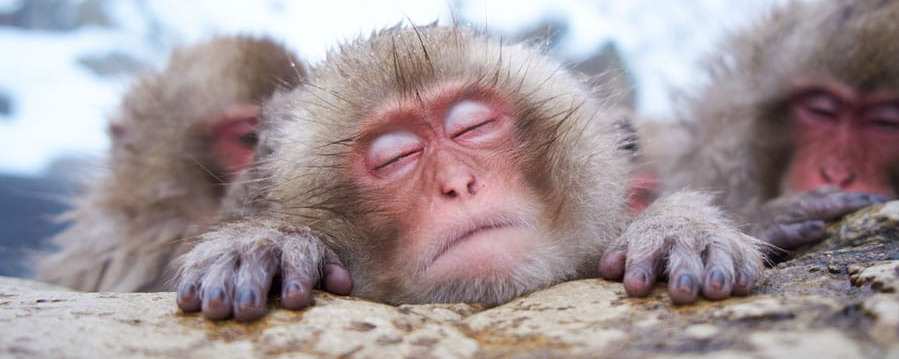
1 Day Tour

| 1-Day Tour: Snow Monkeys, Zenkoji Temple & Sake in Nagano | |
|
| |
| Period | All Year Round |
| Time | 09:35 – 17:35 |
| Meeting Place | Nagano Station Hakuba (winter only) |
| Adult Rate | ¥17,800 |
| Child Rate | ¥11,000 |

Operating all year round, we are Nagano’s No.1 tour provider. Throughout the year we offer a range of group tours, many of which combine a visit to the monkeys with some of Nagano’s best experiences and destinations. Our longest running and most popular tour – 1-Day Snow Monkeys, Zenko-ji Temple & Sake Tour – combines a visit to Nagano’s near-1400 year old temple, followed by a guided ‘sake’ tasting experience and lunch, and early afternoon visit to the monkeys.

1 Day Tour
| [Spring Only] 1-Day Tour: Snow Monkeys & Cherry Blossoms in Nagano | |
|
| |
| Period | April |
| Time | 09:35 – 17:30/18:30 |
| Meeting Place | Hotel Kokusai 21 Nagano Station |
| Adult Rate | ¥17,800 |
| Child Rate | ¥11,000 |

For visitors in spring, enjoy a visit to the monkeys with an afternoon wandering beneath Nagano’s beautiful cherry blossoms on our 1-Day Snow Monkey & Cherry Blossoms in Nagano Tour.

1 Day Tour
| 1-Day Tour: Snow Monkeys & Snow Fun In Shiga Kogen | |
|
| |
| Period | December to March |
| Time | 08:45 – 17:30/18:00 |
| Meeting Place | Nagano Station Snow Monkey Park Area |
| Adult Rate | ¥21,800 |
| Child Rate | ¥13,300 |

Visitors in winter can enjoy the best of Shiga Kogen in combination with a visit the monkey park on our 1-Day Snow Monkeys & Snow Fun in Shiga Kogen Tour , operating from December to March each year. Of course, not all of our tours head to the monkeys with other options including the stunning alpine valley of Kamikochi or fabled Snow Walls of the Tateyama-Kurobe Alpine Route. All tours are led by locally-based, English-speaking guides and include all transport and entry costs. See our ‘Tours’ main page for a complete listing of our tours throughout the year.
15 / ENJOY SOME OF JAPAN’S BEST HOT SPRINGS / all year round
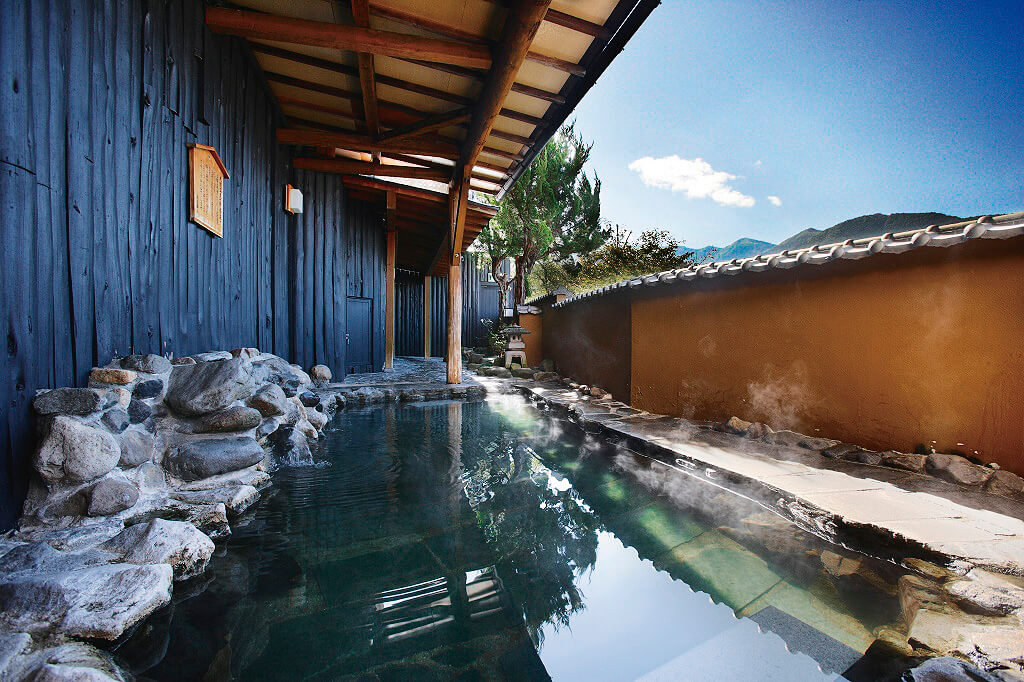
Home to countless natural hot springs, enjoying an ‘onsen’ while in Nagano really is a must-do activity! In the cold months of winter and cooler months of autumn, dipping into a thermal bath feels fantastic whereas in the warmer months of spring and summer, the initial heat of onsen leads your body to cool itself – a truly pleasurable feeling. Spread throughout the region, the historic onsen towns of Nagano – including nearby Yudanaka Onsen and Shibu Onsen, Nozawa Onsen, – have numerous ‘ryokan’ (traditional guesthouses) with their own in-house onsen. Our ‘Onsen In & Around Nagano’ page introduces everything you need to know about using an onsen, the benefits and where to find them.
16 / STAY & UNWIND AT A ‘RYOKAN’ / all year round
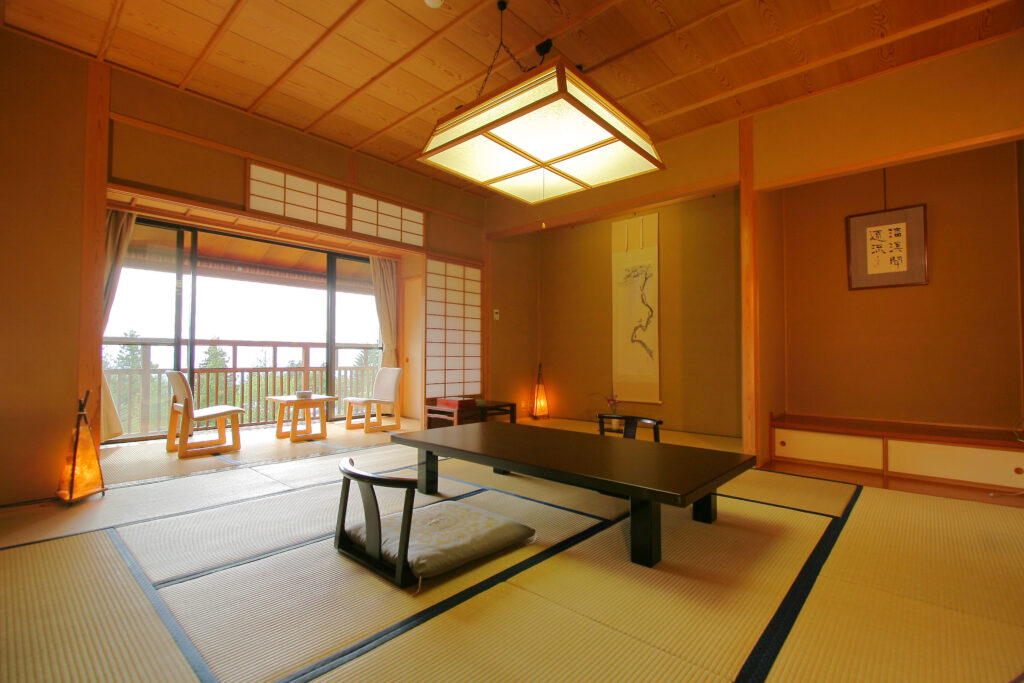
When visiting Japan or for those who live here and in need of a relaxing getaway, we encourage everyone to spend at least one night at a traditional guesthouse. Known as ‘ryokan’ in Japanese, guesthouses pride themselves on their comfort, hot springs and seasonal ‘kaiseki’ (multi-course) meal service. The type and range of guesthouses is huge in scope, from family-run and homely inns to luxurious hotels with high prices. Staying at a ryokan is all about escaping the troubles of daily life and indulging in the refinement of traditional Japanese service. Most ryokan will offer the option of dinner and breakfast, with traditional ‘kaiseki’ meal service making use of local and seasonal ingredients to create unique and changing menus.
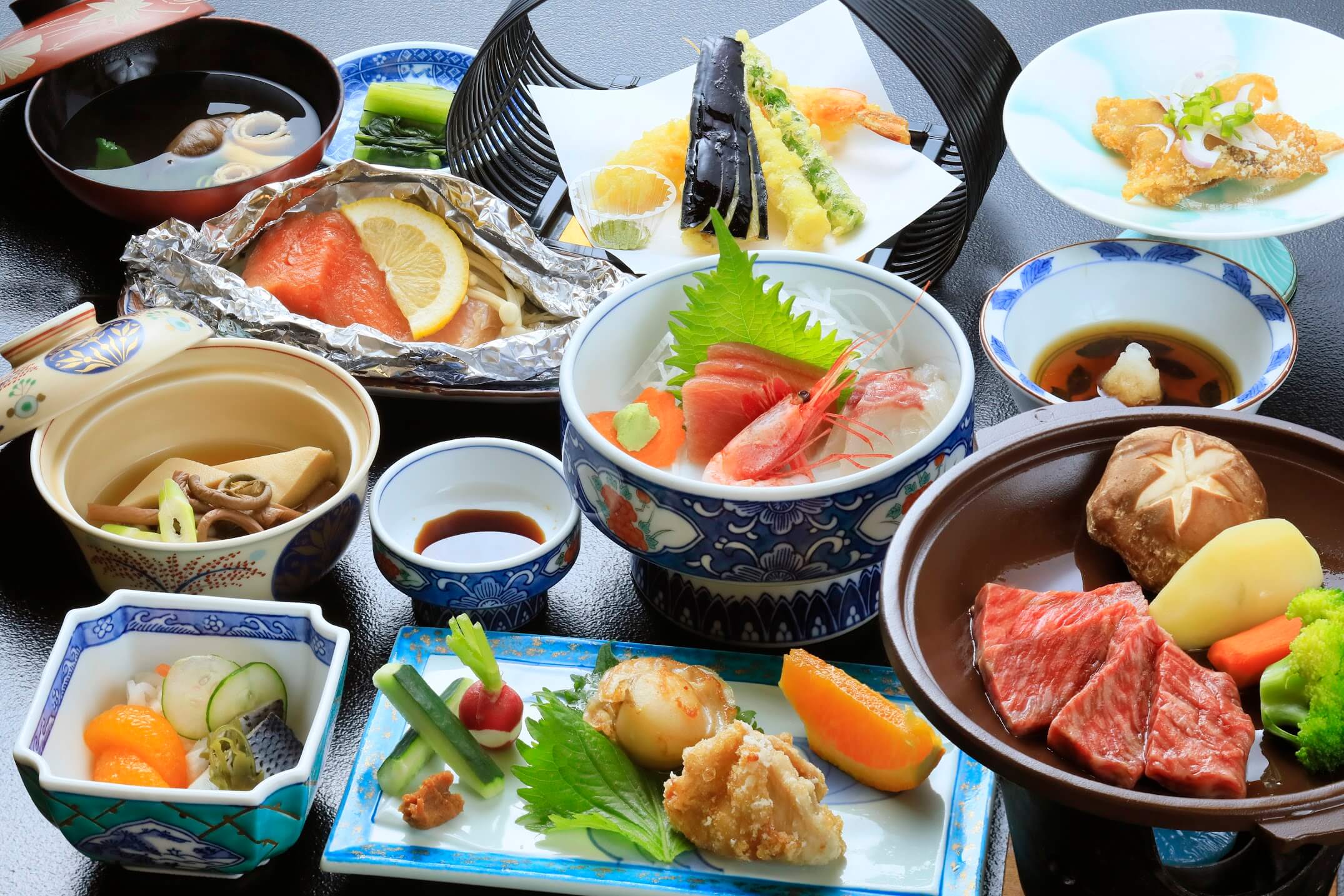
Of course, many guesthouses also pride themselves on their in-house ‘onsen’ and the unique properties of their water. Enjoying a hot spring in the comfort and quiet of a ryokan is without question one of the most quintessential Japanese experience and a must-do while here. With so many to choose from, why not start with the hot springs of Kanbayashi Onsen, Yudanaka Onsen and historic Shibu Onsen in ‘Yamanouchi – Home of the Snow Monkeys’.
17 / CHERRY BLOSSOMS & BABY MONKEYS OF SPRING / April

Blooming every spring, the cherry blossoms of Nagano and Central Japan transform the atmosphere and character of the region and banish all thoughts of winter. Known as ‘sakura’ in Japan, the blossoms are viewed as symbolic of the fleeting beauty and fragility of life itself and Japanese look forward to ‘hanami’ (flower-viewing) each spring. Our ‘Cherry Blossoms’ page introduces everything you need to know about the importance of the flowers and where to find them in Nagano.

Around the same time, the expecting mothers of the Jigokudani Monkey Park will begin to give birth to the years adorable babies. Witnessing these awkward bundles of fur, with their long limbs and glassy eyes, begin their first stumbling exploration of the world is a true highlight of spring.
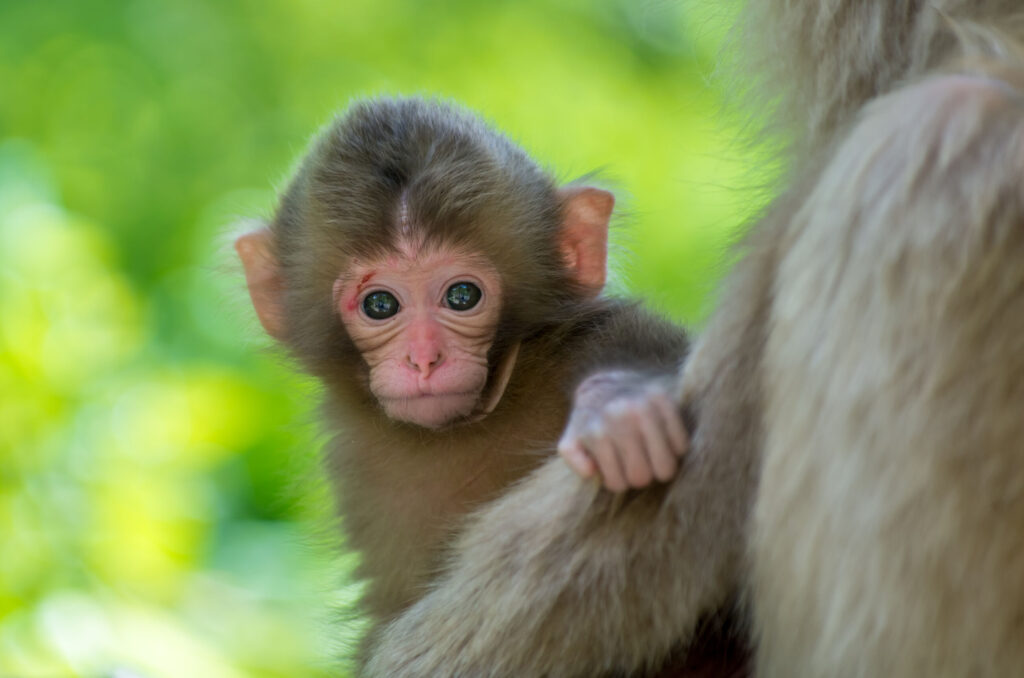
Typically born from mid-April until mid-June, the baby monkeys grow in confidence quickly, and by summer and scurrying around the park trying to keep up with their brothers, sisters, and cousins.
18 / HISTORIC OBUSE & HOKUSAI / all year round
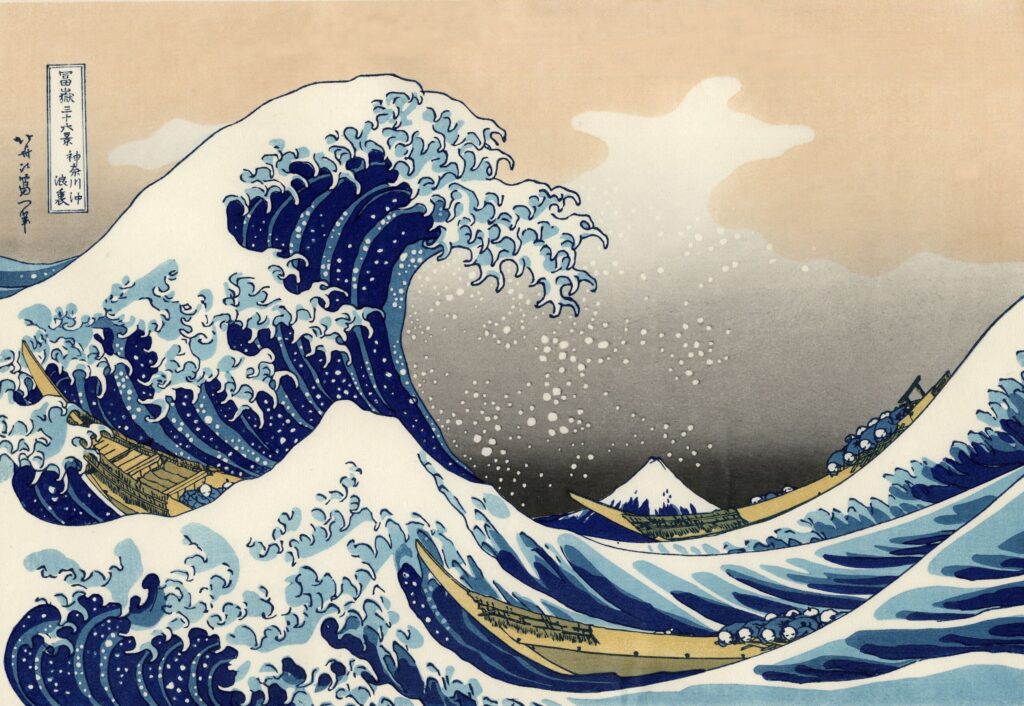
Only a short train-ride from Nagano Station, Obuse is a small but historic town known for its chestnut confectionary shops, sake and miso breweries and – perhaps most famously as home of the Obuse Hokusai Museum. Having spent some of his final years painting in Obuse, the museum is dedicated to the life and work of Japan’s most famous artist, Katsushika Hokusai, and offers an engaging and informative experience. Combined with a visit to the nearby Takai Kozan Memorial Museum – at which you can enter and take in the atmosphere of Hokusai’s actual studio – along with Ganshoin Temple – the ceiling of which is adorned with Hokusai’s last great masterpiece – a visit to Obuse offers a unique glimpse into the life and work of Japan’s greatest artist.
19 / MATSUMOTO CASTLE / all year round

Standing around 30 meters tall, the black and white façade of Matsumoto Castle is an impressive sight. A registered National Treasure, the 5-tower, 6-storey structure is the pride of this pleasant city. Fondly referred to as the ‘Karasu-jo’ or ‘Crows Castle’ due to its distinctive splayed black tiles that evoke imagery of a bird taking flight, Matsumoto Castle is one of Japan’s best preserved castles – and one of only two 6-storey castles in the country
1 Day Tour
| 1-Day Tour from Nagano and Matsumoto: Experience Matsumoto Castle and Narai-juku | |
|
| |
| Period | All Year Round |
| Time | 08:15 – 18:15 |
| Meeting Place | Nagano Station Matsumoto Station |
| Adult Rate | ¥23,800 |
| Child Rate | ¥11,900 |

20 / THE UPLIFTING ART OF KUSAMA YAYOI / all year round

Most famous for its iconic castle, Matsumoto is also quickly developing a reputation as one of Japan’s most liveable cities. Hometown to the country’s most famous contemporary artist, Kusama Yayoi, Matsumoto has a thriving arts scene along with plenty of great restaurants, bars, cafes and nightlife. The Matsumoto City Museum of Art is best known for its permanent exhibition of artwork by Matsumoto-native Kusama Yayoi. The museum also features an exhibit of works by local artists and visiting exhibitions of other Japanese and international artists. But for international visitors, it is Kusama’s collection which is likely to hold the greatest interest. Although classically trained, Kusama’s defining style is heavily-influenced by avant-garde, pop and conceptual art movements– of which, she is now a celebrated and pioneering artist. While you might not know her name, there’s a good chance you will recognize her artwork which is bright, playful and bold and uplifting. For more information as to what’s on offer, see our ’25 Things To Do Around Matsumoto & Where To Stay’ page.
21 / ENJOY A RURAL RETREAT IN AZUMINO / all year round

Located just outside of Matsumoto, Azumino is a tranquil rural enclave in the shadow of the North Alps. Home to scenic farmlands producing some of Nagano’s best fruit and vegetables, exploring Azumino through summer and autumn is a great way to enjoy the harvest including fruit-picking at one of the many local farms. Azumino’s Daio Wasabi Farm is one of Japan’s largest produces of wasabi and in itself, a beautiful destination well-worth visiting. Wasabi requires large amounts of clear water to grow and the streams and pools that flow across the farm create a picturesque and idyllic setting in which to wander. The surrounding region is home to numerous art galleries, museums, local cafes, and restaurants and the hot spring village of Hotaka Onsen-kyo.
22 / EXPERIENCE THE TATEYAMA-KUROBE ALPINE ROUTE / April to November

Heralded as one of Japan’s best experiences, traversing the Tateyama-Kurobe Alpine Route takes approximately 6 hours including time to stop and enjoy all of its stunning sights. Open from mid-April to mid-November, the Alpine Route is most famous for its immense snow walls which, at their peak, ascend 20 meters above the road below.
1 Day Tour
| [Spring Only] 1-Day Tour from Nagano: Snow Walls of Tateyama-Kurobe Alpine Route | |
|
| |
| Period | April to June |
| Time | 07:50/08:15 – 18:00-19:00 |
| Meeting Place | Hotel Kokusai 21 Nagano Station |
| Adult Rate | ¥30,000 |
| Child Rate | ¥23,800 |

The snow walls are at their best from the opening day in April until mid-June, after which outstanding hiking is available through summer and autumn, climaxing with stunning autumn colours in October until the route closes again in November. Visitors can start from the Nagano-side via Ogizawa Station (or the Toyama-side via Tateyama Station) and choose to finish on the other side or return to their point of origin.
1 Day Tour
| [Summer/Autumn only] Tateyama-Kurobe Tour: Walking on the ‘Roof of Japan’ | |
|
| |
| Period | July to October |
| Time | 07:50/08:15 – 18:00-19:00 |
| Meeting Place | Hotel Kokusai 21 Nagano Station |
| Adult Rate | ¥30,000 |
| Child Rate | ¥23,800 |

A series of mountain transports including trolley buses, cable cars, a ropeway, and coaches carry visitors to and from Ogizawa Station and Murodo Station – which at 2540 meters is the highest station in Japan.
23 / EXPLORE KAMIKOCHI / April to November

1 Day Tour
| 1-Day Tour from Nagano and Matsumoto: Kamikochi & Matsumoto Castle | |
|
| |
| Period | April to November |
| Time | 08:15 – 18:30 |
| Meeting Place | Nagano Station Matsumoto Station |
| Adult Rate | ¥23,800 |
| Child Rate | ¥11,900 |

Traversing the country’s highest mountain range, the Tateyama-Kurobe Alpine Route is part of the expansive Chubu Sangaku National Park. Lying to the south within the same national park, Kamikochi is a pristine and beautiful alpine valley open to the public from mid-April until mid-November each year. The valley follows the Azusa River while some of Japan’s tallest mountain peaks rise to over 3000 meters above. Considered the jewel of the Chubu Sangaku National Park, visiting Kamikochi is one of Nagano’s most memorable experiences – a truly special place of natural and spiritual importance.
While Kamikochi can be difficult to reach from Nagano by public transport, it is very easy on our guided tour of the area! With pickup and dropoff at both Nagano and Matsumoto, you can easily ride right into the Kamikochi area on our certified vehicles – into areas where only licensed tour vehicles are allowed.
24 / ADVENTURE TRAVEL IN CENTRAL JAPAN / all year round

Home to the majority of Japan’s tallest mountains, Central Japan offers the best adventure travel in the country. From the deep snow and amazing skiing and boarding of winter, to alpine hiking from late-spring to autumn, visitors to Nagano and Central Japan can enjoy expansive and pristine landscapes that can be explored on-foot, on the water or in the air. Hakuba is one of the best adventure travel destination in Japan while the nearby Joshinetsu Kogen National Park – see below – offer some fantastic nature, wildlife and adventure experiences, and all within easy reach of Nagano Station. For more information, see our ‘Japan Adventure Travel’ page.
25 / JOSHINETSU KOGEN NATIONAL PARK / all year round

Around 70-minutes from Nagano Station, Joshinetsu Kogen National Park is the fourth largest national park in Japan. An expansive landscape that boasts multiple ski areas – including Shiga Kogen Ski Resort – within its boundary, fantastic hiking trails, a wealth of alpine flora and fauna, and on its western border, the Jigokudani Monkey Park. A While the park can be enjoyed all year round, mid-November to April sees heavy snow blanket the area as the ski resorts enjoy Nagano’s longest seasons. If you want to hike or explore by car, best to do so from June to early November when the snow will mostly have melted.

In recent years, Shiga Kogen has become popular with trail-runners and now hosts a couple of popular events each year. The Shiga Kogen Mountain Trail Run is one of two such events taking place each summer with races including a 40km, 14.8km and 1-3km kids course in July. Complementing this event, the Shiga Kogen Extreme Trail Run is held in October and takes things that little bit further with 54km, 32km and 8km races, along with shorter 1-3km kids event. These are serious alpine races attracting both professional and semi-professional athletes. Running across mixed terrain and unsealed tracks, participants need to be of very high fitness.
26 / SUMMER ROPEWAYS & GONDOLAS OF HAKUBA / May to November
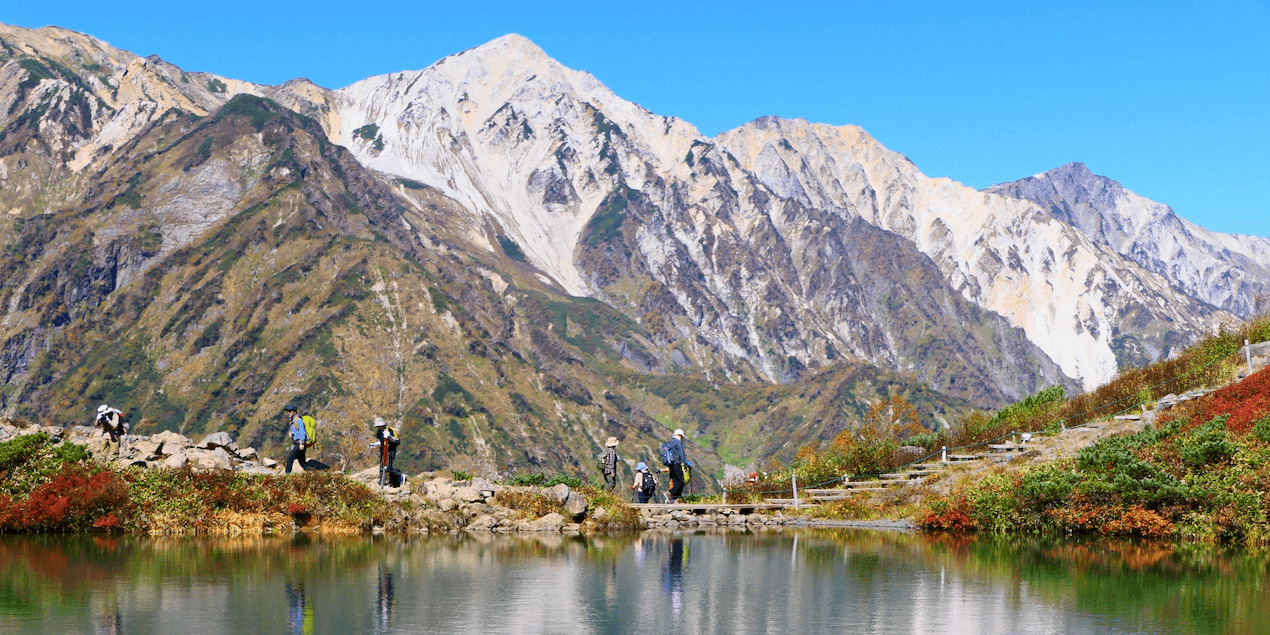
Most famous for its fantastic ski resorts, the mountains of Hakuba are just as big in green season and offer lots of reasons to visit. Busy ferrying skiers and snowboarders up the ski resorts in winter, several of Hakuba’s gondolas continue to operate from late-spring to autumn (with brief periods closed either side of winter) opening-up fantastic hiking trails, summer flower fields and panoramic alpine views. Operating from Hakuba Goryu Snow Resort, Hakuba Goryu Alpine Botanical Garden is accessible using the main gondola. Taking 10 minutes to climb to around 1500 metres above sea level, visitors can enjoy the alpine garden of more than 300 varieties of plants, leisurely walking trails and the ‘ALPS 360’ restaurant.
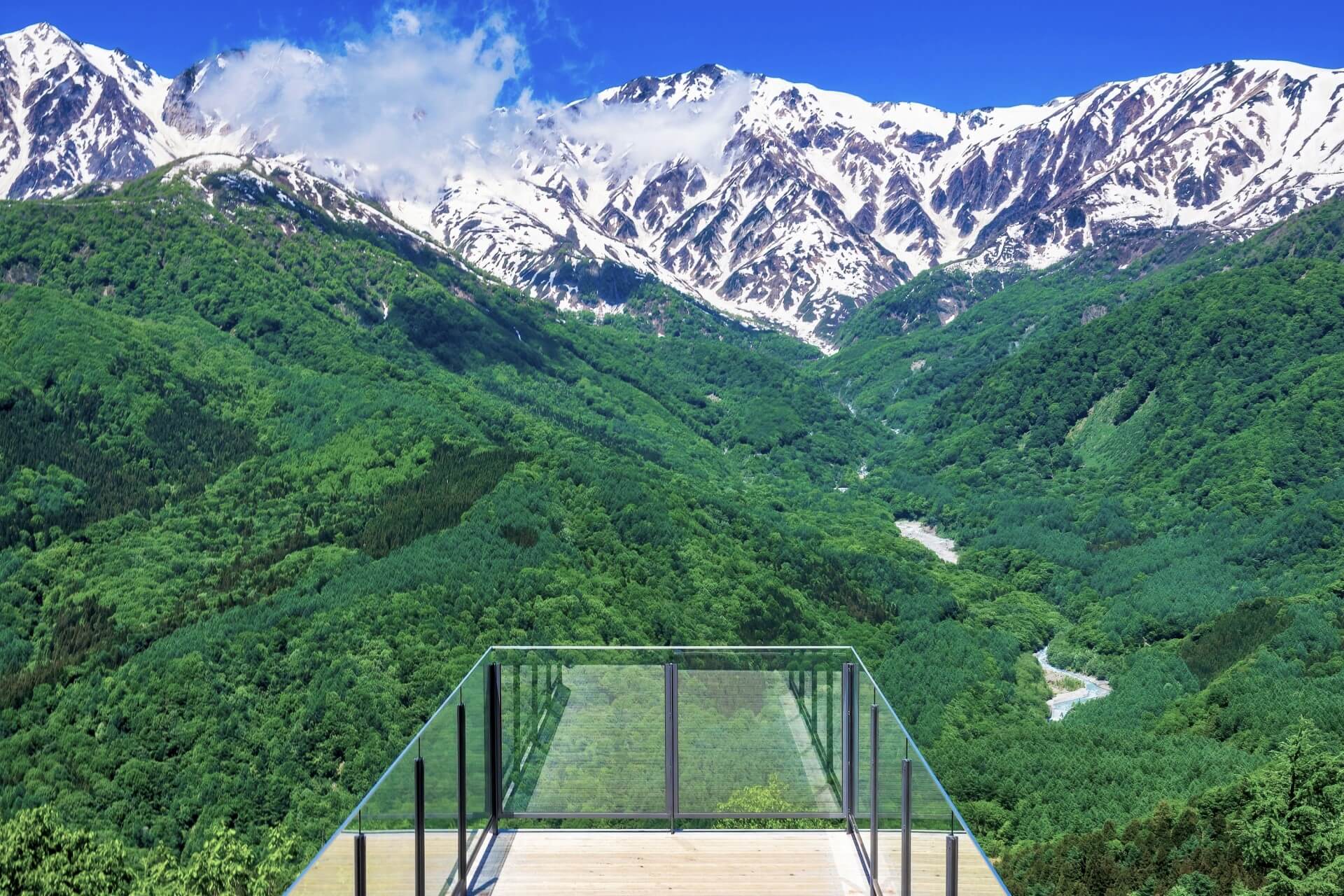
The ‘Noah’ gondola at Hakuba Iwatake operates from early-June to mid-November and transports visitors to the Hakuba Mountain Harbor (pictured above) including City Bakery and walking trails. Known for its outstanding view of the North Alps and stunning autumn leaves, the Mountain Harbor has quickly established itself as one of Hakuba’s most popular all-year-round destinations.

Happo Pond can be accessed using the ‘Adam’ gondola at Hakuba Happo One. Located around 2000 metres above sea level, the pond is around 90-minutes walk from the upper gondola station and blessed with one of Hakuba’s most iconic vistas. Trails lead onto the pond further into the mountains – more serious undertakings that require appropriate experience, preparation and gear – however, for anyone of reasonable fitness, Happo Pond is a beautiful and rewarding destination.

Accessible using the Tsuigake ‘Eve’ Gondola followed by the shorter ropeway, the Tsugaike Nature Park sits at around 1900 metres above sea level and offers a series of leisurely yet beautiful alpine trails. Courses ranging from 1km to 5.5km / 1 to 4 hours walk provide access over 100 hectares of alpine landscape, known for its beauty, variety of mountain plants and flowers, and panoramic views of the North Alps rising another 1000 metres above.
27 / KISO-ONTAKE MOUNTAIN RANGE & KISO VALLEY / all year round

The Kiso Ontake Mountain Range is one of several dramatic and beautiful alpine areas covering Central Japan. Dominated by the imposing volcanic peak of Mount Ontake – Japan’s second highest volcano behind Fuji – the region is known for its pristine nature, lush landscapes and stunningly-coloured water of its rivers and gorges. Blessed with rare natural beauty the Kiso Ontake Mountain Range includes the stunning Kiso Valley and the most famous section of the Nakasendo, including the beautiful postal towns of Narai, Magome and Tsumago, which can still be walked today. Still somewhat undiscovered by international visitors, exploring Kiso Ontake and the Kiso Valley takes you deep into the heart of Central Japan.
28 / WALK THE HISTORIC NAKASENDO / best: spring and autumn

The Nakasendo Trail traces a historic trade route that once connected Tokyo – then called Edo – and Kyoto during the Edo Period (1603-1868). Though much of the route is now gone, several sections can still be walked including the picturesque ‘Kisoji’, the section of road that runs through the Kiso Valley. Serviced by many ‘juku’ or post towns, Kisoji is known for the historic preservation of Narai-juku, Magome-juku and Tsumago-juku. These picturesque little towns are cared for by local residents who strive to maintain their traditional aesthetic and ways of life, and are lined with traditional guesthouses, restaurants and craft stores. Walking the Nakasendo is best enjoyed in spring and autumn.
1 Day Tour
| 1-Day Tour from Nagano & Matsumoto: Step into the Past on the Nakasendo | |
|
| |
| Period | March – June / September – December |
| Time | 08:15 – 18:30 |
| Meeting Place | Nagano Station Matsumoto Station |
| Adult Rate | ¥24,900 |
| Child Rate | ¥12,900 |

29 / VISIT KARUIZAWA / all year round

Once also a post town on the Nakasendo, Karuizawa is a popular mountain resort town located around 1000 metres above sea level. Blessed with a cool climate in summer and snow in winter, Karuizawa is a popular year-round destination for Japanese and an increasingly popular for international visitors. The expansive Karuizawa Prince Shopping Plaza – boasting more than 200 stores and restaurants – is immediately accessible from Karuizawa Station while in winter, Karuizawa Prince Hotel Snow Resort is popular with Tokyoites and families. Within walking distance of the station, the old area of Ginza Street is home to many excellent stores, galleries and restaurants while nearby attractions including Hoshino Terrace and Shiraito Falls are always popular.
30 / AUTUMN LEAVES OF NAGANO / late-September to November
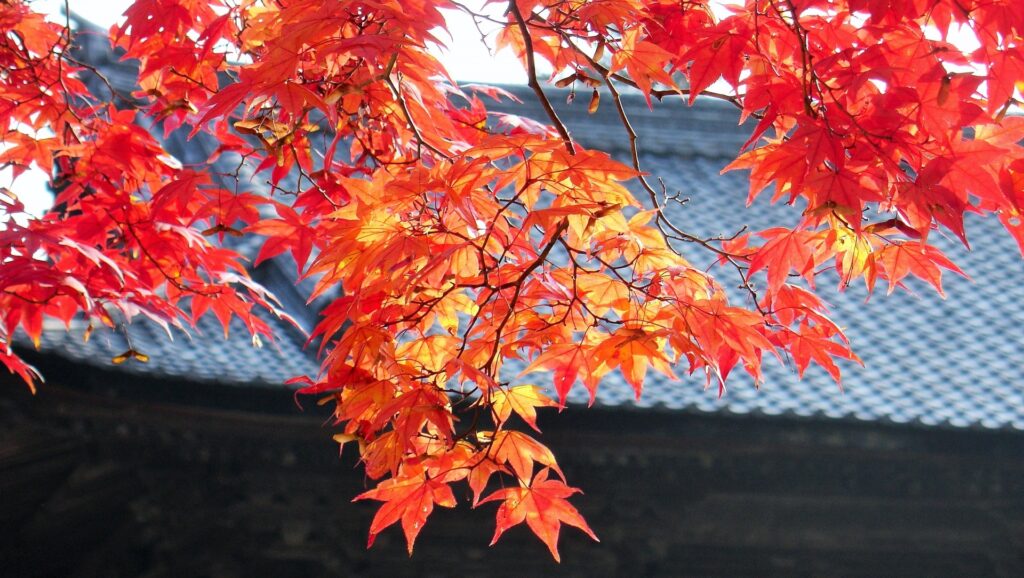
As a place of mountains and abundant forests, Nagano is one of the best places to enjoy the beautiful autumn leaves of Japan. Known as ‘koyo’ in Japanese, the stunning colours of the autumn leaves are cherished and valued, much like the cherry blossoms of spring. The exact timing of the leaves varies from year-to-year and depending on the altitude and location of each area. From late-September onward, the landscape will start to turn and soon be awash with colour – a mosaic of red, gold, amber and brown – as the autumn leaves fill the forests, valleys and mountains through October and November. Needless to say, the higher altitude of Nagano provides the perfect conditions for some of Japan’s most stunning autumn leaves. For information about ‘koyo’ season and the best places to find the leaves, see our ‘Autumn Leaves in Nagano’ page.
31 / THE TASTE OF NAGANO: SOBA, MISO, APPLES & MORE! / all year round
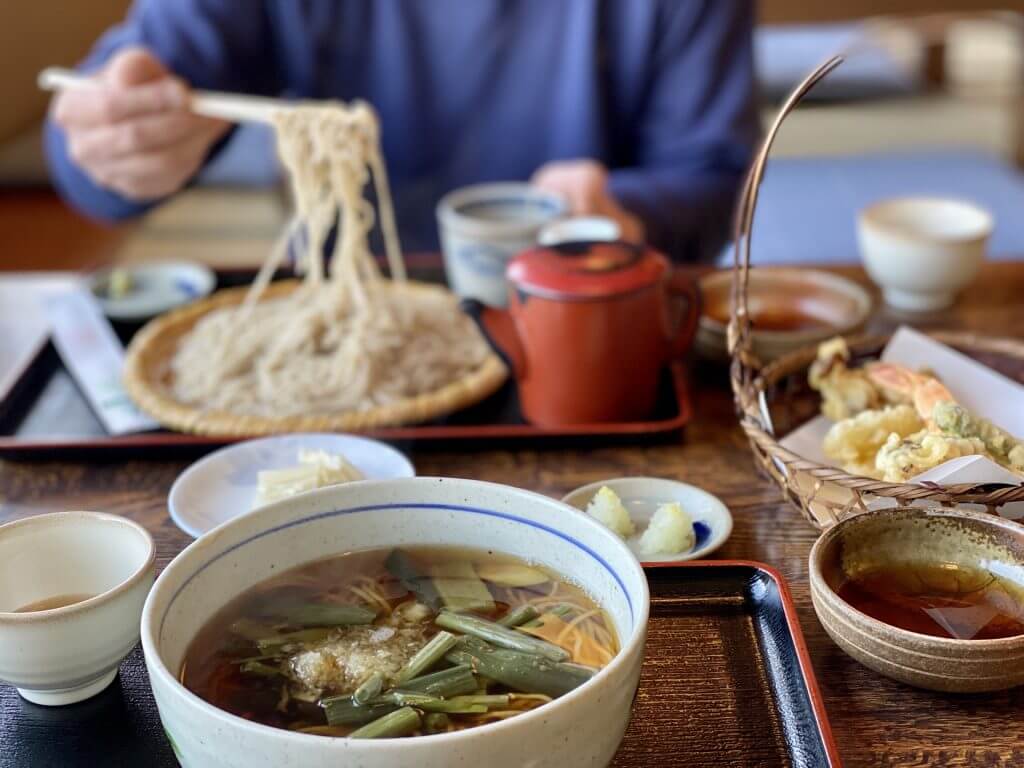
Nagano is one of Japan’s true food bowls. Situated at the heart of the main island of Honshu, Nagano is a region of dramatic mountains and bountiful farmlands. Blessed with abundant pure water and fertile soil, the region produces some of Japan’s best fruit, vegetables, meat and rice. Nagano produces some of Japan’s best ‘soba’ (buckwheat noodles), ‘miso’ (fermented soybean paste), rice, and most famously, apples and grapes. From the mountains, many types of ‘gibie’ (wild meat) are procured including deer, boar, rabbit and even bear, while ‘basashi’ (horse) is a traditional delicacy. For more information about the tastes and treats on offer, see our ‘The Famous Food of Nagano’ page and ‘Enjoy the Fruit of Nagano’ page.

Looking for a great place to eat or enjoy a drink in Nagano City? We recommend Monzen Terrace Enya, located under 2-minutes walk from Zenko-ji Temple and around 20-minutes walk to Nagano Station. Serving a mixed menu of both Japanese and Western cuisine, Enya is known for delicious menu, wide variety of drinks, friendly service and English-speaking staff. Enya also offers both indoor and outdoor dining making it the ideal restaurant to enjoy coffee, beer or local ‘sake’ after a day exploring the city.
32 / THE TASTE OF NAGANO: SAKE, BEER, WINE & MORE! / all year round
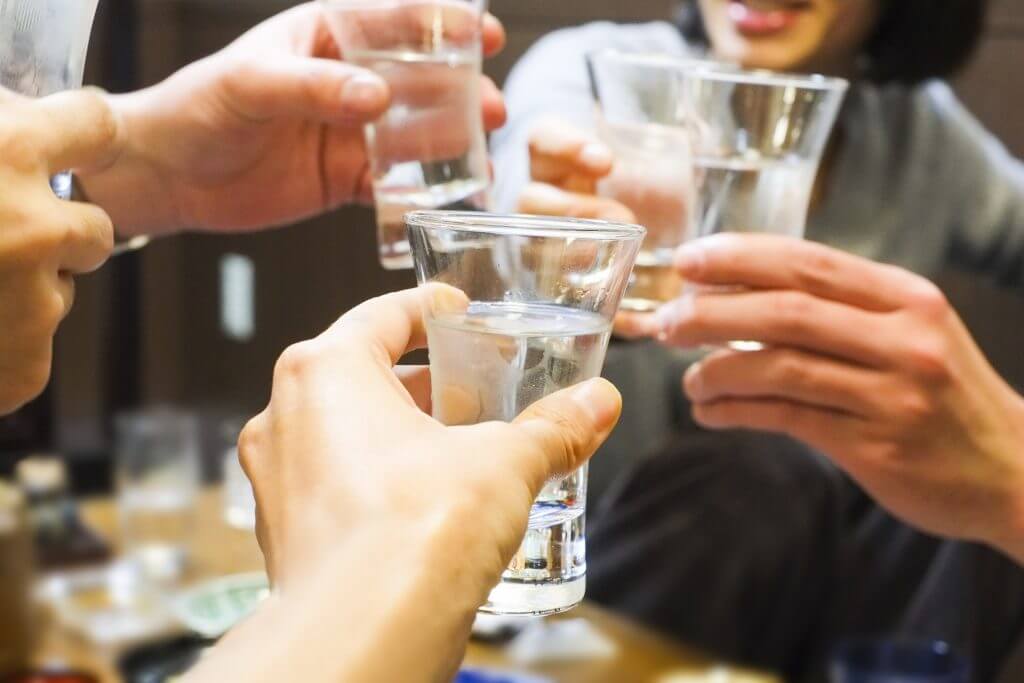
While in Nagano, visitors are spoiled for choice when it comes to finding something to drink. Most famously, Nagano is home to the second largest number of ‘sake’ breweries in Japan. The tradition of sake production in Nagano stretches back countless years and is as fundamental to the identity of the region as the mountains, snow and monkeys. In recent years, Nagano has also seen a boom in craft beer with many excellent breweries and a burgeoning cider and wine industry starting to attract global attention. For further information about diving into the warm world of ‘sake’ while in Nagano, see our ‘Enjoy Sake in Nagano’ page.
33 / AUTUMN FESTIVALS OF NAGANO / September to November

Known as ‘matsuri’, festivals play an important role in bringing communities together to celebrate all types of weird and wonderful things. Taking place at the end of September, the ‘Azumino O-Fune Matsuri’ or ‘Ship Festival’ celebrates the founding to the Azumino region with a climatic ship fight, propelled by local residents.
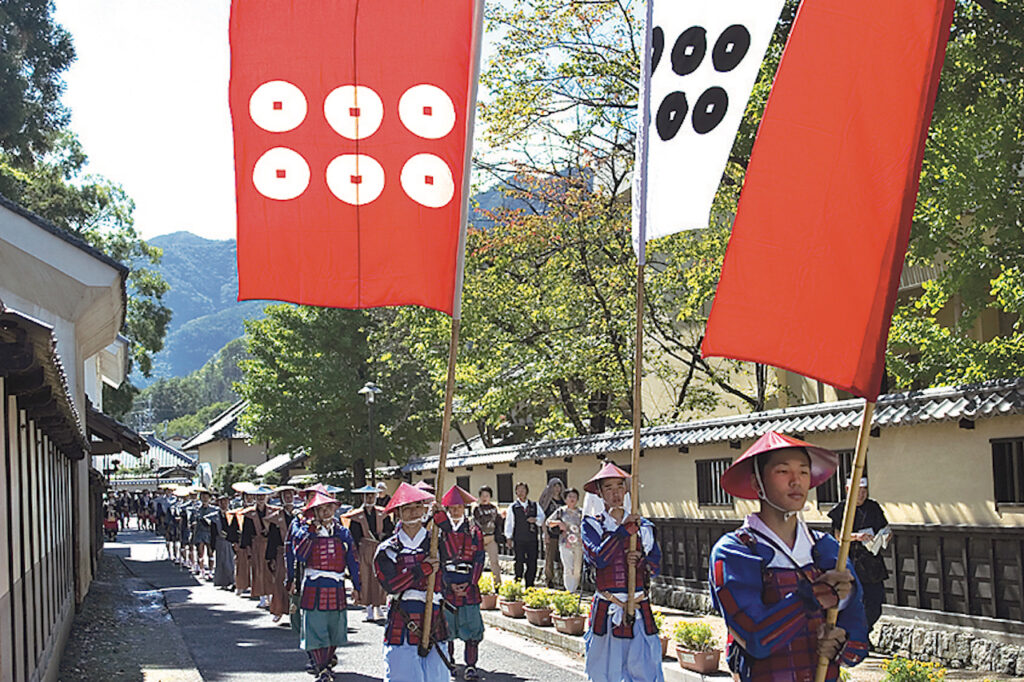
In October, the historic town of Matsushiro – part of Nagano City – plays host to its autumn ‘Sanada Clan Jumangoku Festival’ – a spectacular celebration of the town’s samurai heritage.

1 Day Tour
| [NOV 23 ONLY] 1-Day Tour: Ebisu-ko Fireworks Festival & Snow Monkeys | |
|
| |
| Period | November 23 |
| Time | 11:00 – 21:00 |
| Meeting Place | Nagano Station |
| Adult Rate | ¥28,800 |
| Child Rate | ¥24,300 |

In November, Nagano City hosts the stunning and huge ‘Ebisu-ko Fireworks Festival’. Attracting an estimated crowd of around 400,000 people, more than 15,000 fireworks explode in the crisp autumn sky in thanks for a good harvest and heralding the winter to come – and one of our most popular tours of the year.
34 / WINTER FESTIVALS OF NAGANO / December to March

Visitors to Nagano can enjoy some great festivals each winter, starting with the ‘Zenko-ji Omotesando Illumination’ in Nagano City. Held each December, the illumination sees the city’s famous temple come to light and life, awash with colour as it and the ‘Omotesando’ (avenue leading to temple) are lit-up in the cold winter night.

The ‘Nozawa Onsen Dosonjin Matsuri’, or commonly referred to as the ‘Nozawa Fire Festival’, is one of Japan’s three great fire festivals. The festival is held annually on January 15 but preparation starts in October and involves hundreds of villagers, who build a huge wooden shrine which is then – on the night of the festival – simultaneously attacked and defended by men of the village. Always popular and raucous, the festival ends with the shrine being set ablaze – a remarkable sight and unforgettable night! Please note that a reservation at a hotel in the area may be required for attendance.

1 Day Tour
| 1-Day Tour: Snow Monkeys & Zenkoji Tomyo Lantern Festival | |
|
| |
| Period | February |
| Time | 10:45/12:15 – 19:50/21:00 |
| Meeting Place | Hakuba Nagano Station |
| Adult Rate | ¥19,800 |
| Child Rate | ¥15,300 |

In the first week of February, the ‘Tomyo Lantern Festival’ again sees Nagano City’s historic temple come to light, as light installations and projects offer thanks to the Buddha – an important act in Buddhism – while also commemorating Nagano’s role as host to the 1998 Winter Olympics. Finally, for three days in the middle of March, ‘Snow Monkey Beer Live’ kick-offs in Shiga Kogen Ski Resort. As Japan’s largest and highest ski resort, Shiga is blessed with Nagano’s longest season and just many other resorts – including many in Hakuba – are winding-down for the season, Snow Monkey Beer Live heralds the start of Shiga’s spring-skiing season.
35 / SPRING FESTIVALS OF NAGANO / April to June

Spring is always a big event in Japan, with Japanese traveling the country to see the best cherry blossoms. One of the best cherry blossom spots is the Takato Castle Park, a park which lays on the ruins of Takato Castle. Instead of a castle keep, the park now has numerous ‘sakura’ trees which all bloom bright in beginning to mid-April and host one of Japan’s most famous spring festivals – the Takato Castle Park Cherry Blossom Festival.
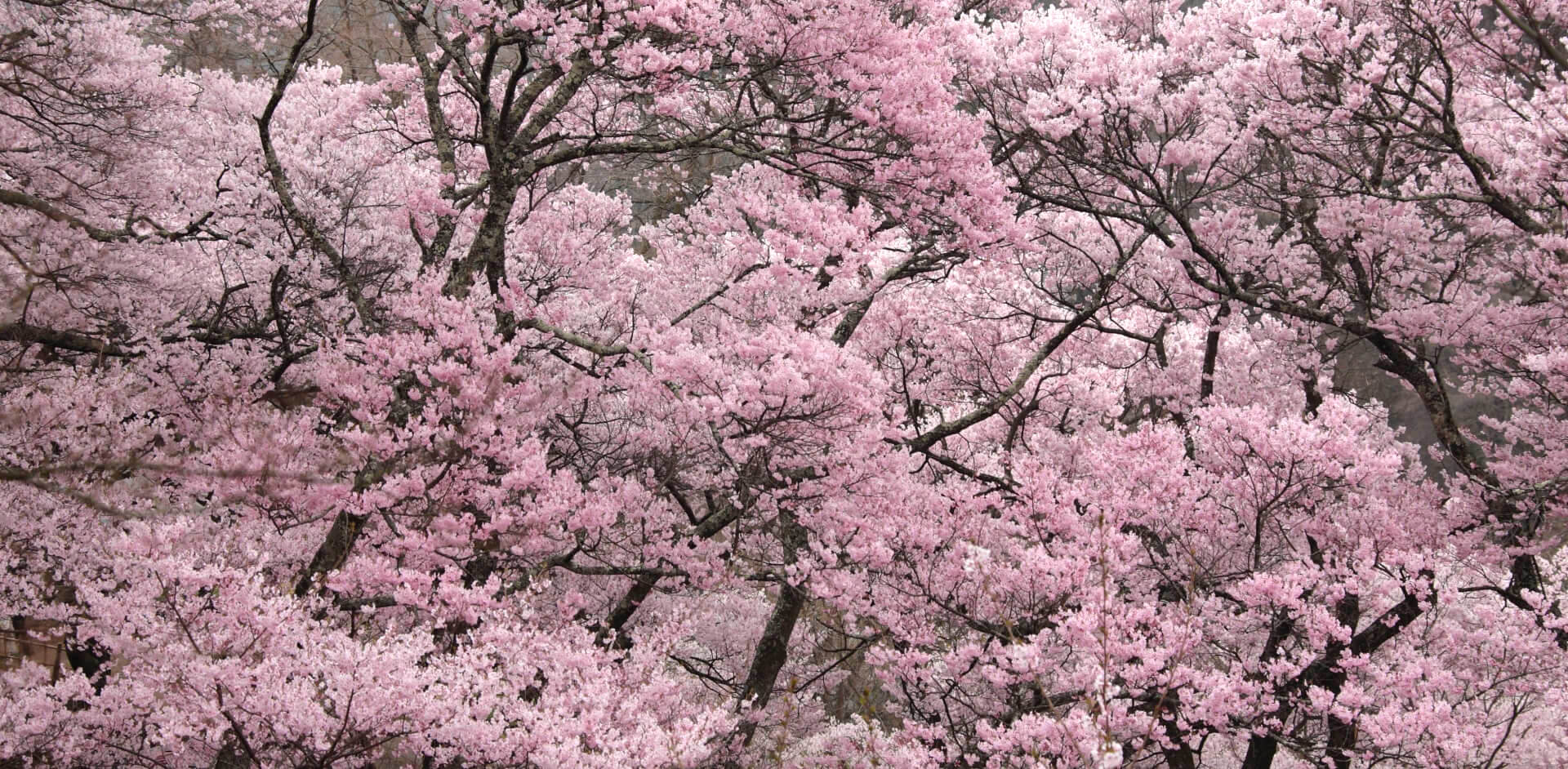
Wander among the 1,500 cherry blossom trees and enjoy the festive atmosphere; you’ll see people lounging on picnic blankets looking at the blossoms above them, vendors selling everything from ‘yakitori’ to ice cream, and amazing views over the surrounding alpine mountains.

The Matsushiro Spring Cherry Blossom Festival takes place on the second Saturday of April, within the grounds of Matsushiro Castle Park. Typically blooming in the first week of April, the festival is planned to coincide with the expected peak bloom – referred to as ‘mankai’ in Japanese – with events and performances celebrating the samurai heritage of Matsushiro.
36 / SUMMER FESTIVALS OF NAGANO / July to August
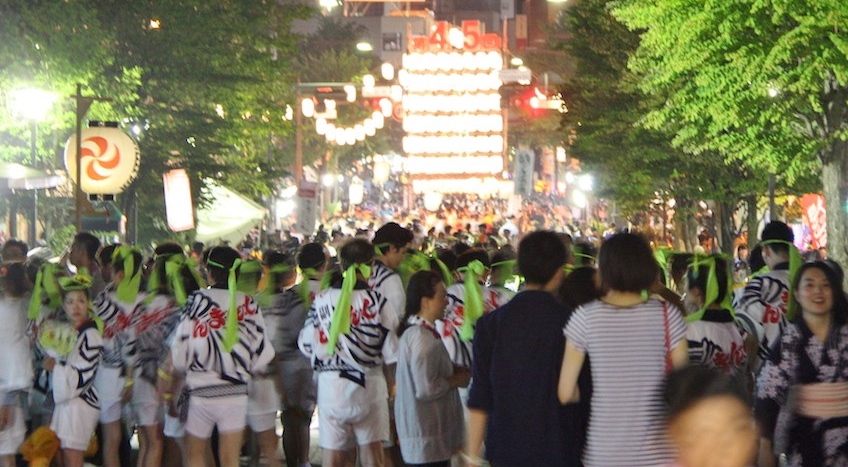
In August, Nagano City’s ‘Binzuru Dance Festival’ sees troupes of dancers take over the streets, totalling around 200 groups and thousands of onlookers. In the heat of summer, the festival attracts a big crowd and great atmosphere. Matsumoto’s ‘Bon Bon’ Dance Festival also takes place in early-August, just one of the many festivals in a busy calendar of events in the famous castle town. Located just outside of Matsumoto, the ‘Azumino Fireworks Festival’ takes place on August 14th each year. This decidedly local festival attracts a big crowd to see the warm summer night burst into light with around 12,000 fireworks exploding in the sky above.

The ‘Zenko-ji Summer Ennichi Festival’ takes place at the Nagano’s historic Zenko-ji Temple in mid-August. This event draws visitors from far and wide – a spectacular display of the continued importance of the temple to the people of Nagano.
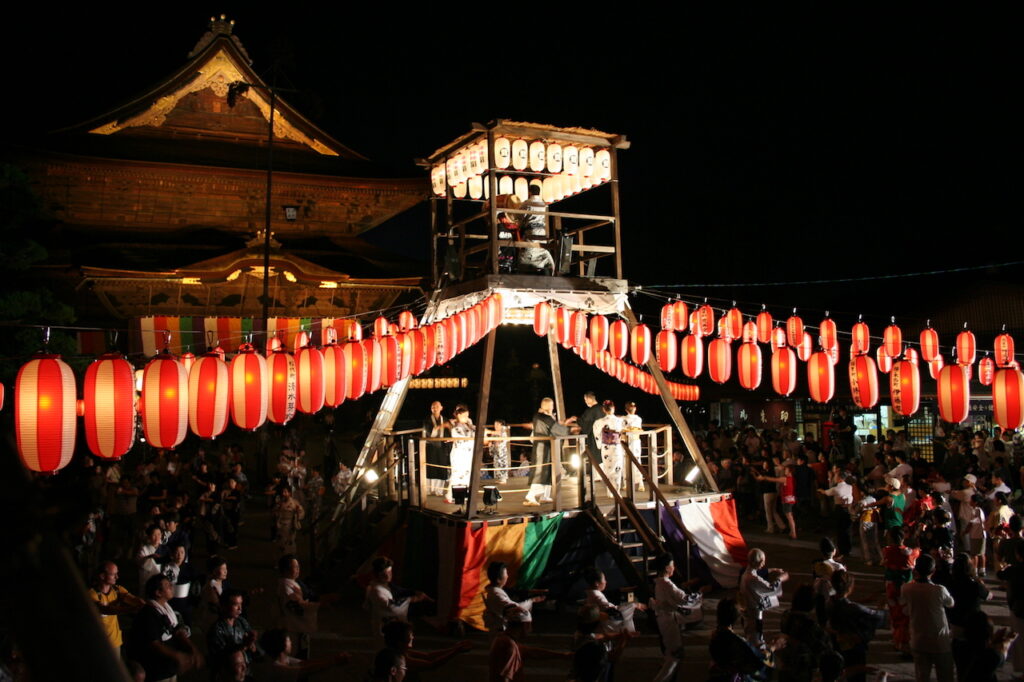
The third weekend of August sees Shiga Kogen’s three-day ‘Daija Festival’ take place in the beautiful surroundings of Joshinetsu Kogen National Park. For more information, see our ‘Events’ page for a complete listing of Nagano’s upcoming festivals.
37 / HEAD SOUTH: SOUTHERN NAGANO, MOUNT FUJI & TOKYO / all year round

1 Day Tour
| 1 Day Tour : Mount Fuji and Hakone | |
|
| |
| Period | All Year Round |
| Time | 08:00 – 19:00 |
| Meeting Place | Outside Shinjuku Bus Terminal |
| Adult Rate | ¥28,900 |
| Child Rate | ¥24,000 |

As one of Japan’s largest prefectures, there’s plenty to explore as you head south and into the Southern Alps, starting with the Kiso-Ontake – see above for details – and onto Mount Fuji. Standing 3776 metres in height, Fuji is Japan’s tallest and most iconic mountain. An active volcano, Fuji has long been revered, feared, and held in awe by the Japanese people. It holds huge spiritual and cultural importance for Japan and rising high above the surrounding plateau is a constant presence in the daily life of the country.

Offering great views of the mountain and some of Japan’s best hot springs, guesthouses and museums, Hakone is another hugely popular destination. For further information, see our ’15 Things To Do Around Hakone & Where To Stay’ page. From either Hakone or Fuji, Tokyo is within easy reach. As Japan’s expansive capital, Tokyo offers something for everyone – from world-class dining to tiny eateries, brand stores to the super cool, traditional arts and crafts to the most obscure subcultures.




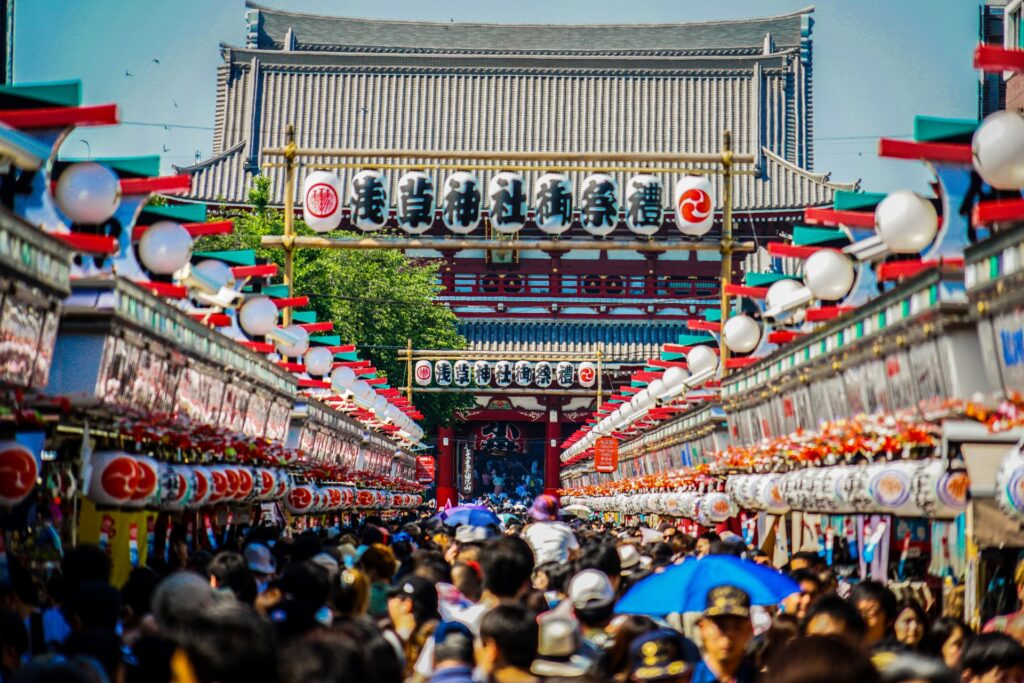
For first-time visitors – and even seasoned veterans of travel to Japan – planning your visit to Tokyo can be somewhat confusing given its size. Our ‘Tokyo’ main page includes our recommendations of the best areas to stay, the best museums, cherry blossoms spots and more in the capital along with information about nearby destinations including Yokohama, Kamakura and more.
38 / HEAD WEST: TAKAYAMA, NAGOYA & THE KII PENINSULA / all year round

For visitors heading to destinations including Matsumoto and Kamikochi, it’s an easy onward journey to the historic old town of Takayama. Famous for the excellent preservation of its Edo Period (1603-1868) historic centre, Takayama draws large crowds. Equally famous for its food scene including Hida beef and Takayama ramen, Takayama attracts visitors as much for its food as it does for its historic streetscapes.
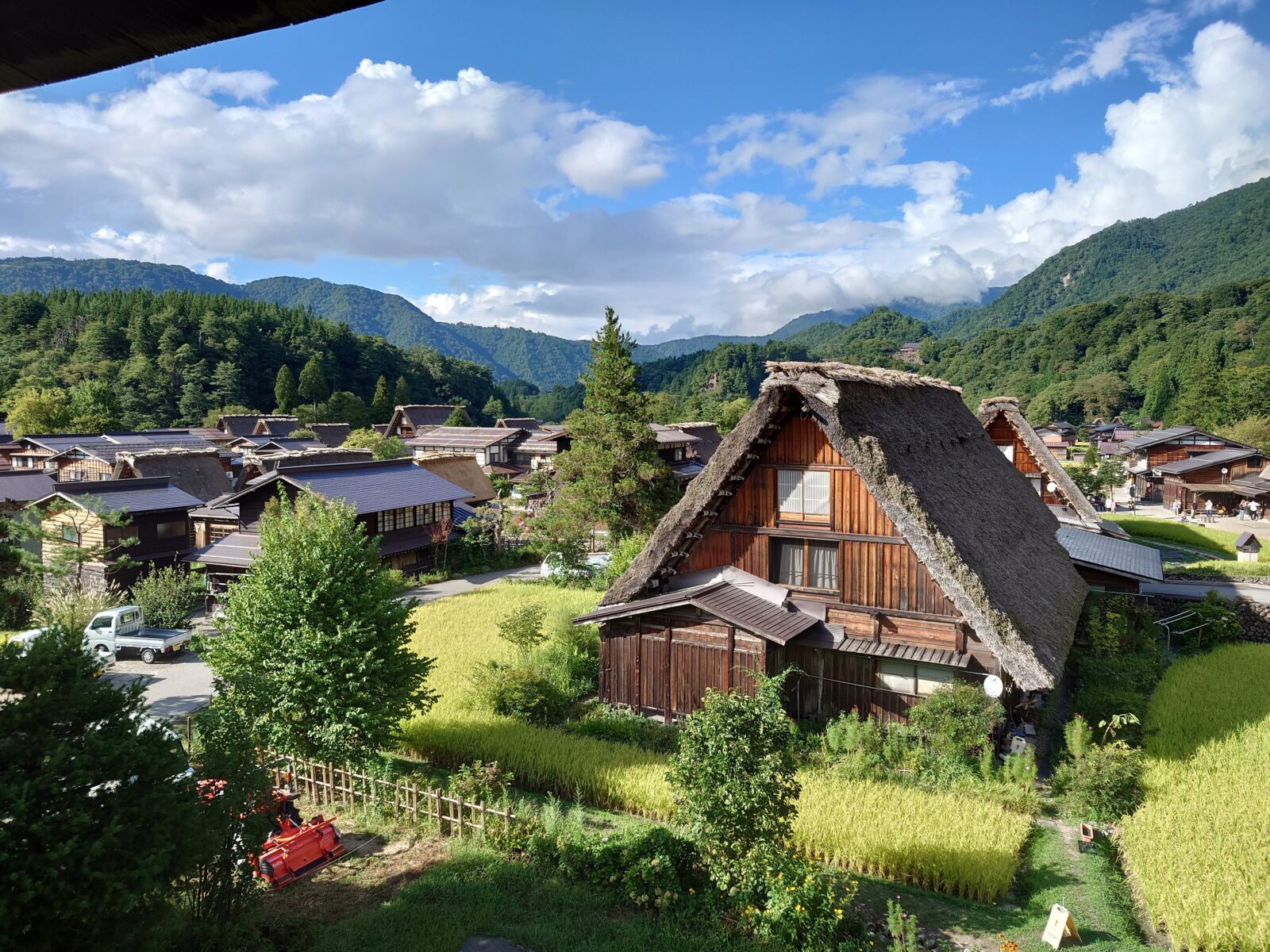
Easily accessible by bus from Takayama by bus, the villages of Shirakawa-go and Gokayama were inscribed on the World Heritage list in 1995. Actually consisting of three villages, they are known for this distinctive ‘gassho-style’ thatch-roofed houses set in a beautiful alpine setting of rice fields and high mountains above. World Heritage-listing has ensured that the villages are hugely popular with both domestic and international tourists but don’t let that put you off.
1 Day Tour
| 1-Day Tour from Takayama: Explore Scenic Old Japan in Takayama and Shirakawa-go | |
|
| |
| Period | All Year Round |
| Time | 09:00 – 18:30 |
| Meeting Place | Takayama Station |
| Adult Rate | ¥20,800 / 22,800 |
| Child Rate | ¥12,000 / 14,000 |

On our popular tour of the area, you can easily see both Takayama and Shirakawa-go in a single day. Even better, you can choose to be dropped off at Kanazawa to facilitate further adventures in Central Japan. This is the easiest way to travel across this area while sightseeing for those who do not have their own car.
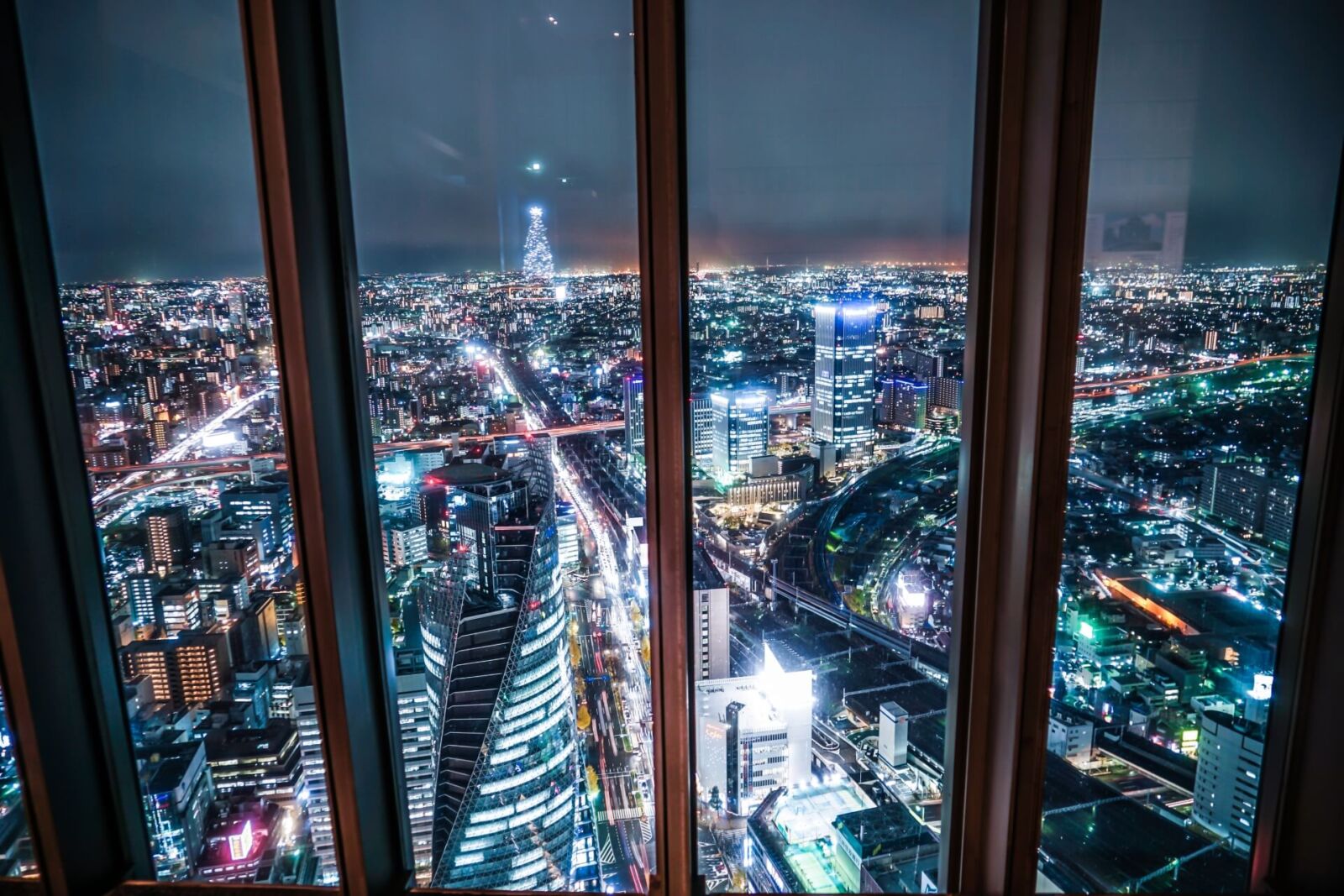
1 Day Tour
| 1-Day Guided Garden Walk through Nagoya’s Castle, Gardens, and Historic Estates | |
| Period | All Year Round |
| Time | 9:00 – 17:00 |
| Meeting Place | JR Nagoya Station |
| Adult Rate | ¥17,800 |
| Child Rate | ¥11,000 |

From Nagano, Matsumoto and the Kiso Valley it’s an equally easy journey to the south-west and onto Nagoya. One of Japan’s great metropolises and an industrial powerhouse, Nagoya is a modern and industrious city with a rich history and great food scene, making it an ideal stop as you move west toward Kyoto and Osaka. The city’s industrial, youthful and energetic atmosphere blends with a fascinating history as seen in Nagoya’s famous castle, Atsuta Shrine, Toyota Commemorative Museum, the Central Japan Railways Museum, Tokugawa Art Museum and more.

From Nagoya, the Kii Peninsula is easily accessible using public transport. Blessed with three of Japan’s most important religious destinations – the Ise Grand Shrine complex, the pilgrimage trails of the Kumano Kodo and the temple mountain of Koyasan – the Kii Peninsula can lay claim to be Japan’s most sacred and engaging areas.
39 / HEAD NORTH: TOYAMA, KANAZAWA & FUKUI / all year round

Visitors heading to the Tateyama-Kurobe Alpine Route or using the Hokuriku Shinkansen line onward from Nagano, can head onto Toyama. Nestled between Toyama Bay and the North Alp, Toyama is known throughout Japan for its fantastic seafood. One of the great pleasures of visiting the city is trying its famous seafood, best experienced at the seafood markets on the coast. But if you don’t have time to explore and are just passing through, it’s worth noting that there are excellent seafood restaurants inside Toyama Station or in the nearby precinct, which also includes Toyama Castle Park and Toyama Glass Art Museum.

A short onward train-ride from Toyama, Kanazawa is a well-established, popular destination for international visitors. Kanazawa is a relatively small city with an attractive mix of historic areas, modern museums and great food. Part of the ancient Kaga Province, the name Kanazawa literally translates as ‘marsh of gold’. Under the rule of the Maeda clan during the Edo Period (1603-1868), Kanazawa developed into one of Japan’s most important cities, accumulating great wealth and attracting artisans through a series of policies designed to consolidate the power, and services the needs, of the samurai class. Today, Kanazawa remains a city of historic districts, fantastic museums and great food.
1 Day Tour
| 1-Day Tour from Kanazawa: Samurai, Matcha, Gardens and Geisha | |
|
| |
| Period | All Year Round |
| Time | 09:00 – 17:30 |
| Meeting Place | Kanazawa Station |
| Adult Rate | ¥17,800 |
| Child Rate | ¥11,000 |

Kanazawa is a very walkable city. However, it may be rather difficult to organize and properly plan out your route without some help – that’s where we come in! With our tours in the area, you will be able to absorb the best of Kanazawa’s famous culture and sightseeing spots along with commentary from your knowledgeable guide.

Moving on from Kanazawa, Fukui is often overlooked by international visitors but should not be. Home to two of Central Japan’s best destinations – Daihonzan Eihei-ji Temple and the Fukui Prefectural Dinosaur Museum – Fukui is well-worth including on any itinerary. For more information, see our ’10 Things To Do In Fukui & Where To Stay’ page.
40 / HEAD EAST: KUSATSU ONSEN, YUZAWA & NIIGATA / all year round
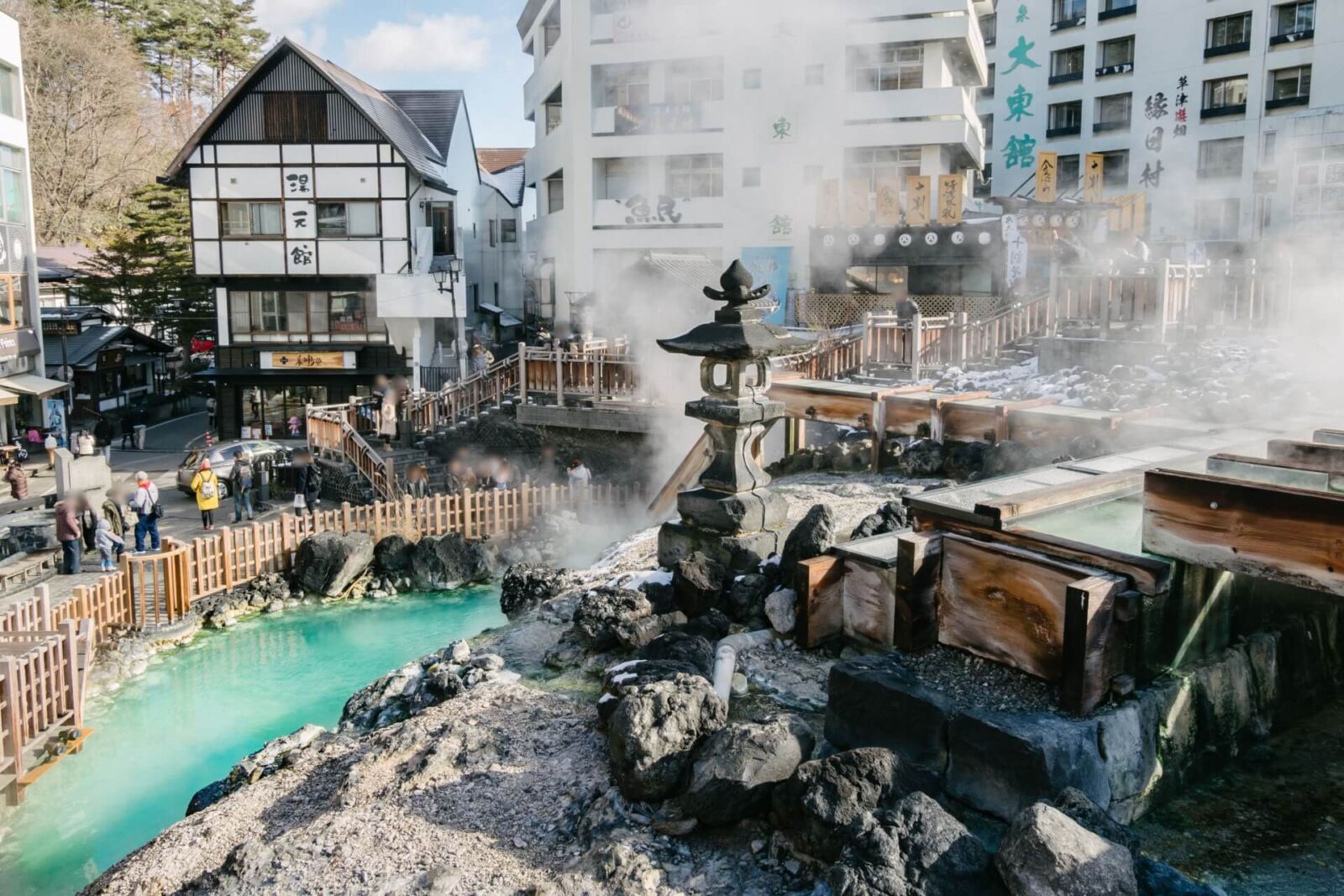
1 Day Tour
| 1-Day Tour from Nagano and Karuizawa: Unwind in Kusatsu Onsen | |
|
| |
| Period | April – November |
| Time | 09:30 – 17:30 |
| Meeting Place | Nagano Station Karuizawa Station |
| Adult Rate | ¥24,800 |
| Child Rate | ¥15,500 |

Visitors heading west have just as much to choose from starting with Kusatsu Onsen in Gunma Prefecture. One of Japan’s most famous hot spring towns, Kusatsu can be reached using public buses from Karuizawa or – in green season – is accessible by car using the Shiga Kusatsu Kogen Route. One of many fantastic hot spring towns in Gunma, the region has loads to entice you. For further suggestions, see our ’25 Things To Do Around Kusatsu Onsen & Where To Stay’ page.

Finally, bordering Nagano to the north-west and of similar character, Niigata is a large prefecture known for its mountains and heavy snow. Fondly referred to as ‘yukiguni’ or ‘snow country’, Yuzawa and the surrounding area is subject to exceptionally heavy snowfall and many excellent ski resorts. Best known as a winter destination, summer events including Fuji Rock Festival – Japan’s largest music festival – and the increasingly popular Echigo-Tsumari Art Field mean that Yuzawa and Niigata are quickly becoming all-year-round destinations.
SPRING ACTIVITIES IN NAGANO

Spring is the time when Nagano finally sheds its wintery covering of snow, and greenery returns to the countryside. This also means cherry blossoms, warm days, and a lot of things for visitors to do! See below for a month by month breakdown of the big attractions and activities in this season:
MARCH
Spring Skiing & Cherry Blossoms

March in Nagano means more snow and the start of spring ski season. Of all of the region’s fantastic resorts, Shiga Kogen is the best place to enjoy spring skiing and snowboarding and when doing so, we recommend staying at Hotel Grand Phenix in the Okushiga ski fields. As Japan’s largest and highest ski resort, Shiga enjoys Nagano’s longest season and remains open well into April – or as late as May in a good season – with the crowds quickly disappearing during spring. At the same time, the earliest cherry blossoms will bloom in the valley below allowing visitors to enjoy the rare combination of skiing and blossoms.
Snow-shoeing in Togakushi

1 Day Tour
| 1-Day Togakushi Legends Tour: Hands-on Soba Noodles, Ninja Village, and Hidden Shrines | |
|
| |
| Period | July to November |
| Time | 09:35 – 17:20 |
| Meeting Place | Nagano Station Information Board |
| Adult Rate | ¥19,800 |
| Child Rate | ¥11,000 |

While you can expect the snow cover in Shiga Kogen to remain very good in March, others areas will see the snow slowly start to recede, opening-up activities such as snow-shoeing. Accessible from Nagano Station using local bus services, Togakushi is home to some of Japan’s most important Shinto shrines and one of the best places to enjoy snow-shoeing. The forest shrines and nearby attractions including Kagami-ike can be reached using snowshoes – an enjoyable activity for anyone of reasonable fitness.
APRIL
Cherry Blossom Festivals of Nagano
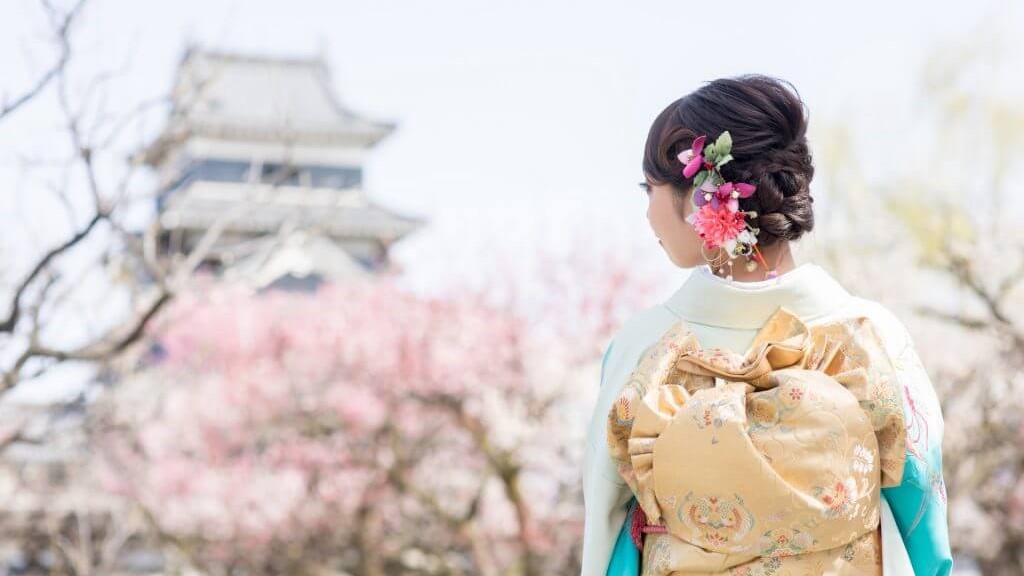
1 Day Tour
| [Spring Only] 1-Day Tour: Snow Monkeys & Cherry Blossoms in Nagano | |
|
| |
| Period | April |
| Time | 09:35 – 17:30/18:30 |
| Meeting Place | Hotel Kokusai 21 Nagano Station |
| Adult Rate | ¥17,800 |
| Child Rate | ¥11,000 |

The blossoms of Nagano and Central Japan bloom later than many other regions of Japan, typically at their best from early to mid-April. Through that time the blossom festivals of Nagano attract tens of thousands of visitors, starting with the most famous of them all – the Takato Castle Park Blossom Festival. Taking place in the first week of April – the exact dates are dependent on the timing of the bloom – the festival is regarded as one of the best in Japan and heralds the start of a busy calendar of blossoms events including festivals in Matsumoto, Nagano and beyond.
Tateyama-Kurobe Alpine Route
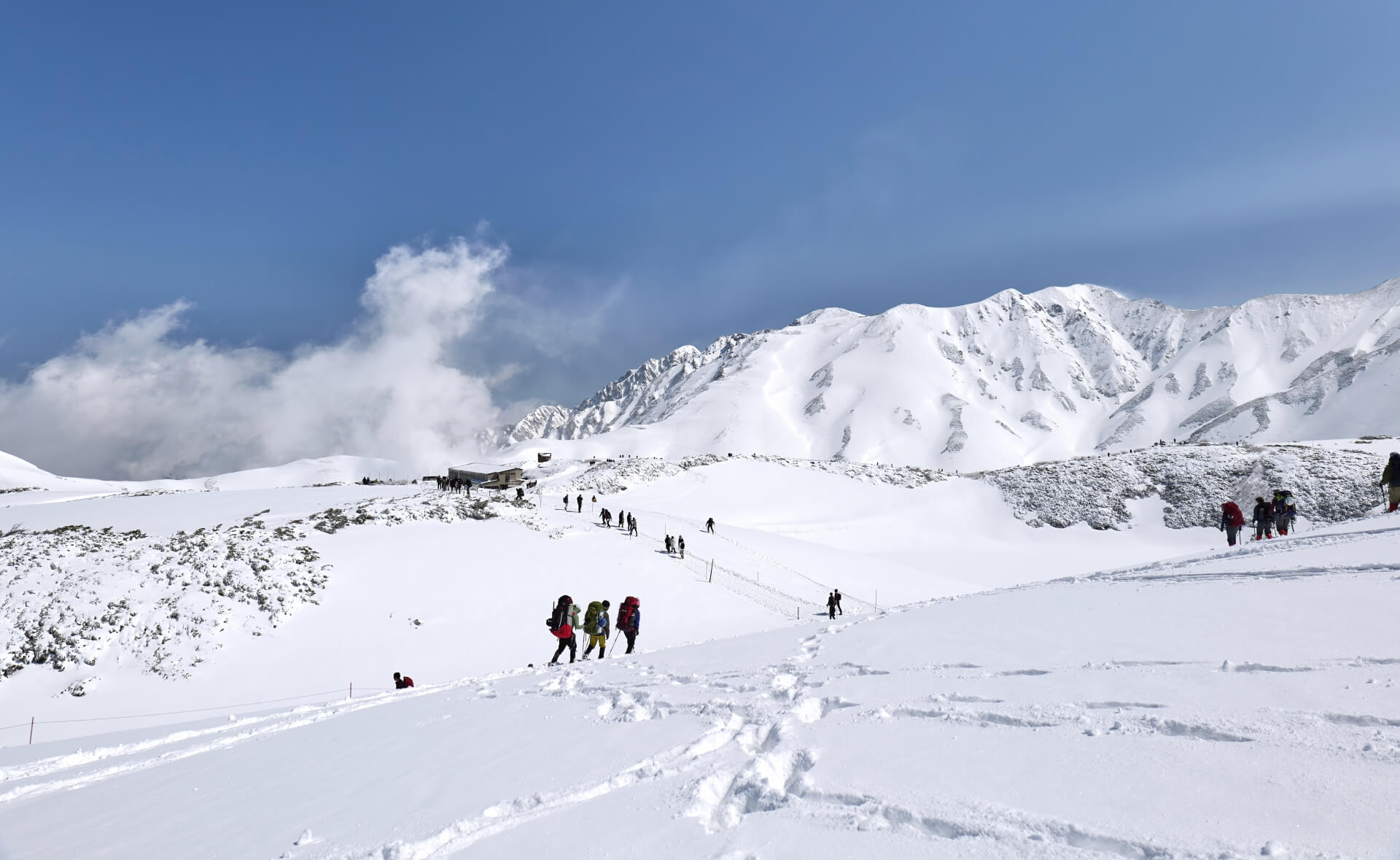
1 Day Tour
| [Spring Only] 1-Day Tour from Nagano: Snow Walls of Tateyama-Kurobe Alpine Route | |
|
| |
| Period | April to June |
| Time | 07:50/08:15 – 18:00-19:00 |
| Meeting Place | Hotel Kokusai 21 Nagano Station |
| Adult Rate | ¥30,000 |
| Child Rate | ¥23,800 |

The Tateyama-Kurobe Alpine Route is regarded as one of Japan’s most dramatic alpine landscapes and among the best outdoor experiences anywhere in the country. Opening to the public each year on April 15th, the Alpine-Route crosses Japan’s highest mountain range from Ogizawa Station on the Nagano-side of the mountains, to Tateyama Station on the Toyama-side. At the summit, visitors can enjoy the spectacular sight of its fabled ‘Snow Walls’, reaching up to 18 metres as they tower over onlookers. Hugely popular, expect the Alpine Route to be crowded – especially upon opening and on weekends – but it’s well-worth the effort of getting there. Our 1-Day Snow Walls of Tateyama-Kurobe Alpine Route Tour runs from April to June – a great way to make your journey to the summit easy and informative.
Kamikochi
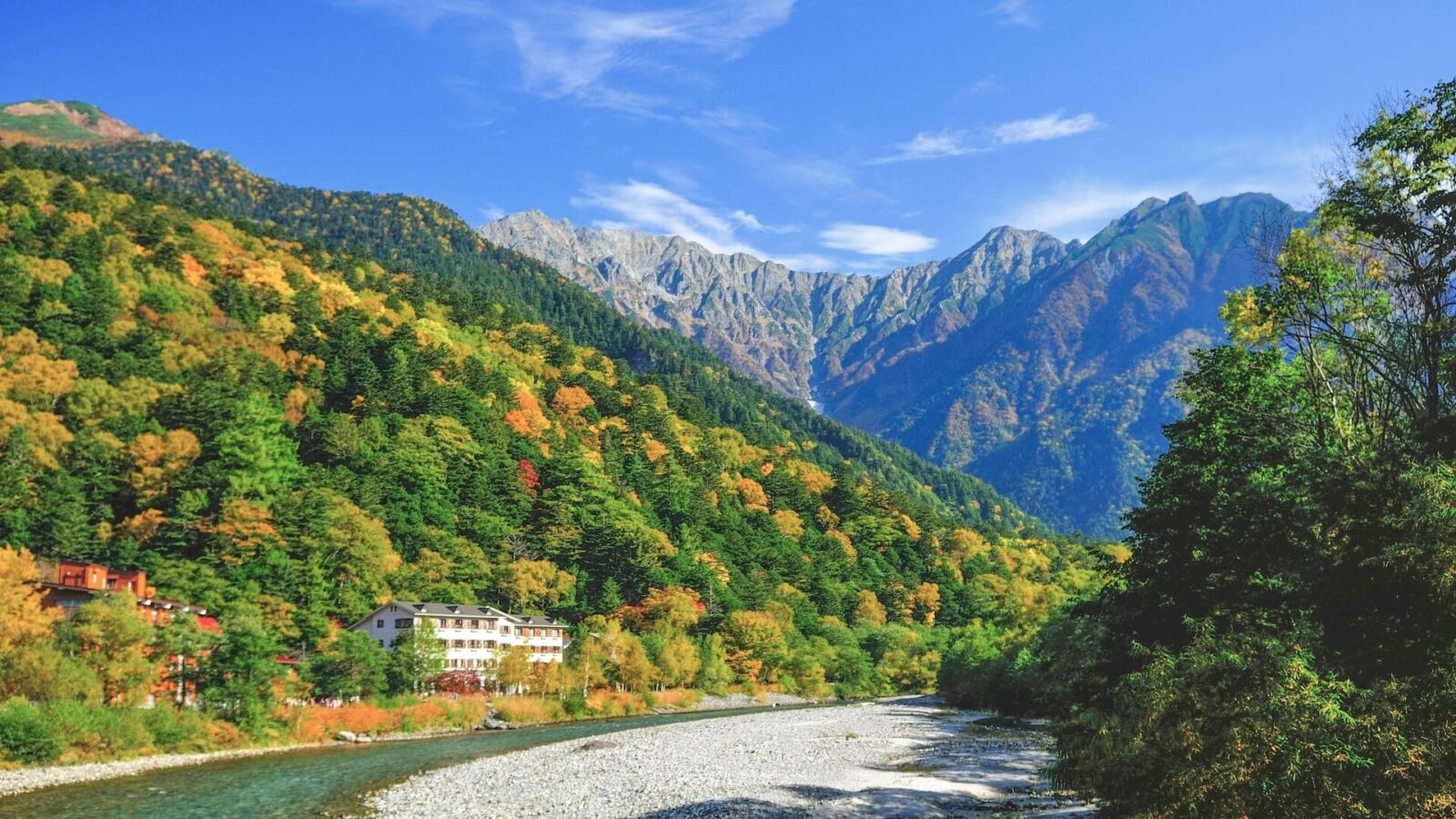
1 Day Tour
| 1-Day Tour from Nagano and Matsumoto: Kamikochi & Matsumoto Castle | |
|
| |
| Period | April to November |
| Time | 08:15 – 18:30 |
| Meeting Place | Nagano Station Matsumoto Station |
| Adult Rate | ¥23,800 |
| Child Rate | ¥11,900 |

Also opening to the public on April 15th, Kamikochi is considered the jewel of Chubu Sangaku National Park and another of Japan’s most spectacular alpine landscapes. Sitting between 1400 to 1600 metres above sea level, the valley follows the Azusa River while some of Japan’s tallest mountain peaks rise to over 3000 meters above. From the Kamikochi Bus Terminal, walking trails span-out along the valley – suitable to anyone of reasonable fitness – before more advanced hiking and mountaineering trails lead into the mountains.
MAY
Baby Monkeys of Jigokudani

1 Day Tour

| 1-Day Tour: Snow Monkeys, Zenkoji Temple & Sake in Nagano | |
|
| |
| Period | All Year Round |
| Time | 09:35 – 17:35 |
| Meeting Place | Nagano Station Hakuba (winter only) |
| Adult Rate | ¥17,800 |
| Child Rate | ¥11,000 |

May is one of the best times of year to visit the monkey park for one special reason – babies, lots and lots of babies. Expectant mothers are pregnant through winter and give birth anytime from late-April until June with most babies appearing sometime in May. The little ones are just as curious about us as we are about them, with mothers giving their little ones quite a lot of independence quickly. With no barriers between the visitors and monkeys, it’s a truly memorable experience.
SUMMER ACTIVITIES IN NAGANO

With Summer, the days get hot but the nights are still perfectly cool – and if you head up to the mountains, even midday will be a perfect temperature! This brings a lot of visitors to the area, looking to escape the heat of Tokyo and Osaka and enjoy Nagano’s stunning natural scenery. If you hope to be one of those people, please see below some great seasonal recommendations:
JUNE
Hiking in the North Alps
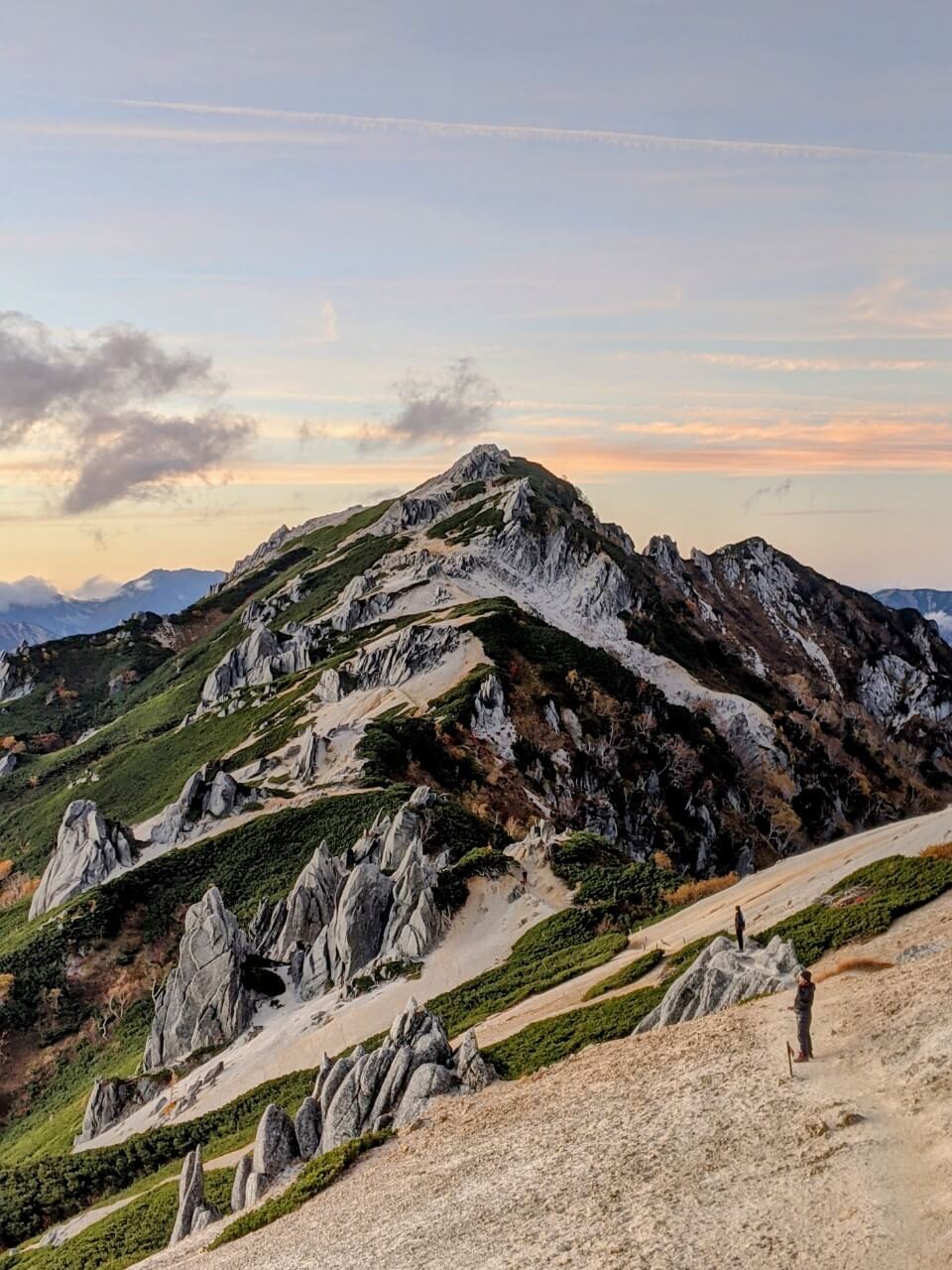
At its heart Japan is a mountainous country. Over seventy percent of the country is considered ‘mountainous’ with the largest concentration of high peaks occurring in Nagano and the surrounding prefectures that make-up Central Japan. Three main ranges – the Akaishi, Kiso and Hida Mountains – are more commonly referred to as the Southern, Central and Northern Alps respectively and collectively make-up the ‘Japanese Alps’. The North Alps – a range that includes the Tateyama-Kurobe Alpine Route and Kamikochi – is considered to offer the best hiking, with some of its most popular trails accessible via trailheads in Azumino. Walks range from one-day hikes to multi-day courses requiring hikers to camp or stay in mountain huts overnight.
Walk the Historic Nakasendo

1 Day Tour
| 1-Day Tour from Nagano & Matsumoto: Step into the Past on the Nakasendo | |
|
| |
| Period | March – June / September – December |
| Time | 08:15 – 18:30 |
| Meeting Place | Nagano Station Matsumoto Station |
| Adult Rate | ¥24,900 |
| Child Rate | ¥12,900 |

To the south of the North Alps and running through the Kiso / Central Alps, the ‘Nakasendo’. Originally spanning over 500 kilometres between Kyoto and Edo (now called Tokyo), the Nakasend’ was one of five major routes linking Japan’s two most important cities during the Edo Period (1603 to 1868). Translating as ‘Road in the Mountains’, the Nakasendo consolidated many ancient routes and paths into an official highway through the centre of the country – Japan’s beautiful mountainous heartland. Much of the route can still be walked today, with the section between the historic post towns of Magome-juku and Tsumago-juku being considered the most enjoyable, with Narai-juku being another notable highlight.
JULY
Summer Fun in Hakuba
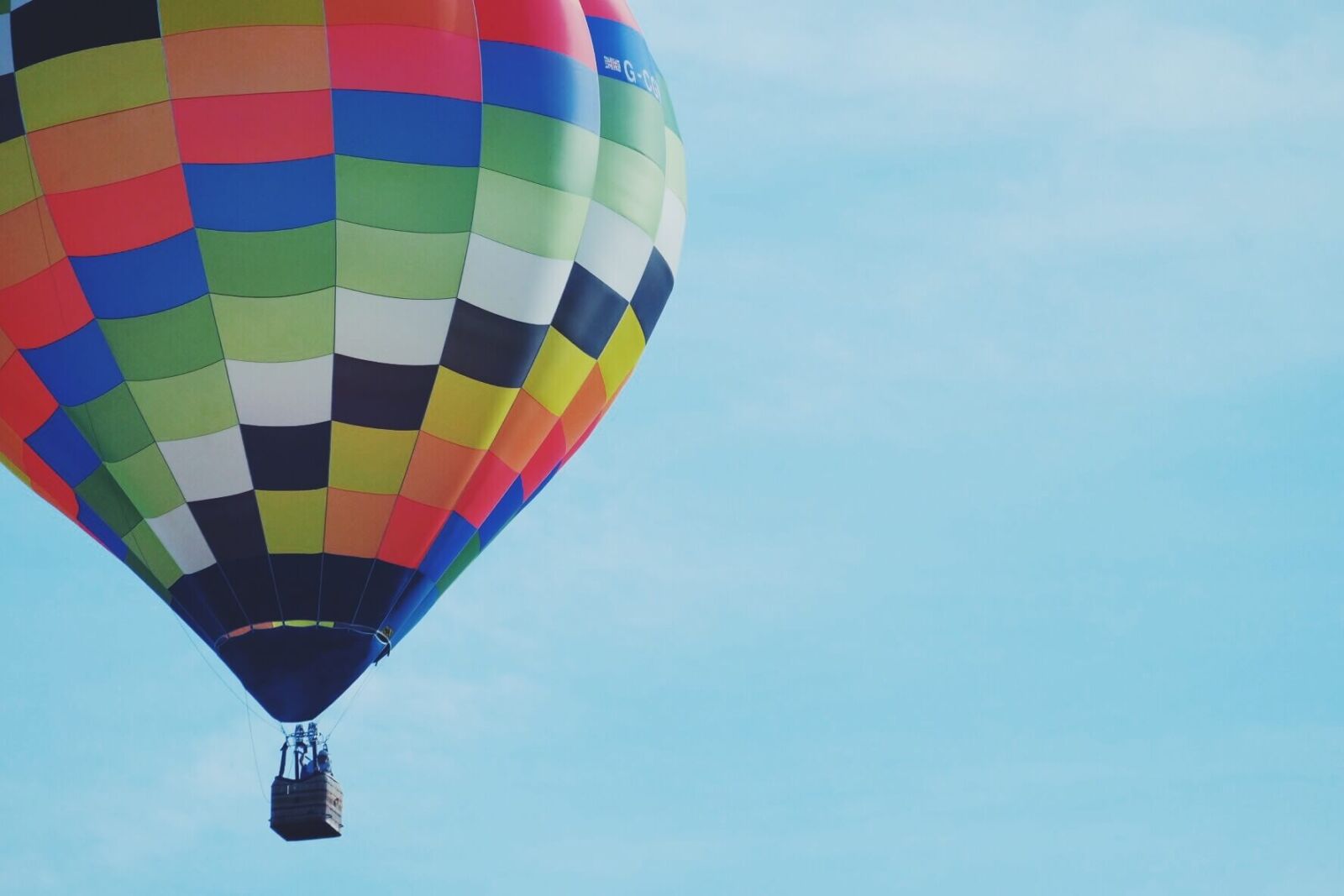
Best-known for its world-class skiing and snowboarding, Hakuba is quickly establishing itself as an all-year-round destination. In the warmer months of the year, Hakuba offers just as much to do, if not more, than in winter with hiking, rafting, mountain-biking, hot air ballooning, canyoning, SUP, trail running and plenty more. Gondolas including those in Happo-One, Goryu, Iwatake and Tsugaike also operate in summer, opening-up hiking trails and beautiful mountain vistas. With lots of great accommodation options available and an increasing number of fantastic restaurants, Hakuba is popular for lots of reasons.
The Giant Cedars of Togakushi

1 Day Tour
| 1-Day Togakushi Legends Tour: Hands-on Soba Noodles, Ninja Village, and Hidden Shrines | |
|
| |
| Period | July to November |
| Time | 09:35 – 17:20 |
| Meeting Place | Nagano Station Information Board |
| Adult Rate | ¥19,800 |
| Child Rate | ¥11,000 |

Readily accessible using local bus services from Nagano Station, Togakushi is home to some of Japan’s most important Shinto shrines, legends of ninja, traditional bamboo craft and of course its famous ‘soba’ (buckwheat noodles). As the temperature rises in summer, the forest trails of Togakushi offer escape from the heat
AUGUST
Binzuru Festival

Summer is all about festivals and fireworks in Japan and in Nagano City, the first and largest of them is the Binzuru Festival. Taking place on the first Saturday each August, the festival features up to two hundred groups of dancers and other participants moving along Nagano’s main road. Performances take place through the day with the largest groups moving through the streets in the evening. Free to attend just follow the crowds from Nagano Station to find the dancers.
Azumino Fireworks Festival

The Azumino Fireworks Festival takes place on August 14th each year and lays claim to being the third largest fireworks display in Nagano Prefecture. The festival sees around 12,000 fireworks bursting into the night sky, with the display starting from 19:00 and drawing thousands of local residents. Beautiful, big but very local, the Azumino Fireworks Festival is an enjoyable way to experience a summer festival just like a local.
Zenko-ji Temple Summer ‘Ennichi’

Also held in mid-August, Nagano City’s summer ‘Ennichi’ takes place within the Zenko-ji Temple complex. Buddhist and Shinto beliefs hold that this time of year – a period known as ‘Obon’ – is when the human and spirit worlds are at their nearest. The festival is held to welcome those spirits, including those of our ancestors, and allow us to commune with them through a dance called ‘Bon-Odori’. Everyone is welcome to participate as dancers circulate around a platform raised in front of the temple. Taking place on two evenings in Mid-August every year, the festival is free to attend for anyone who is interested.
AUTUMN ACTIVITIES IN NAGANO
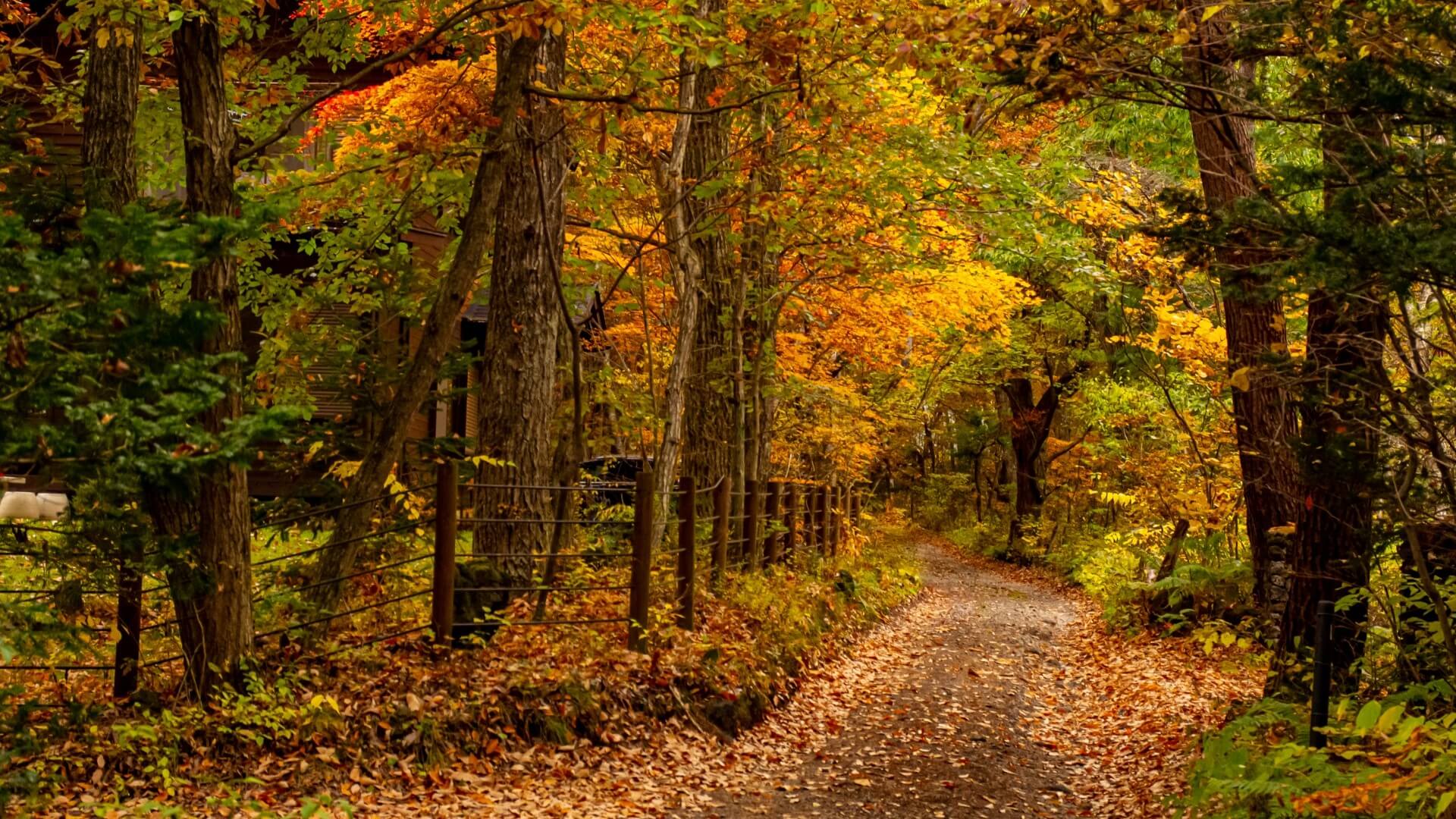
Autumn once again brings cool weather to Nagano, especially in October and November when the fall colors will be at their peak. Rain is also uncommon in this season, making it great for strolling in the outdoors and enjoying the red and yellow leaves which blanket the landscape. Please see below for more specific information on what there is to do in Autumn in Nagano:
OCTOBER
Autumn Leaves of Nagano

Japan is synonymous with the beauty of its autumn leaves and there’s no better place to enjoy them than in Nagano. Blessed with pristine forests and mountain landscapes, Nagano’s leaves typically turn earlier than many other regions thanks to our higher elevation. As early as September, the colors will be at their best in higher areas such as the Tateyama-Kurobe Alpine Route, Kamikochi, Shiga Kogen and Hakuba before lower areas including Togakushi, Nozawa Onsen and eventually Nagano City are awash with color. It is perhaps our favorite time to be in Nagano!
Hot Springs of Nagano
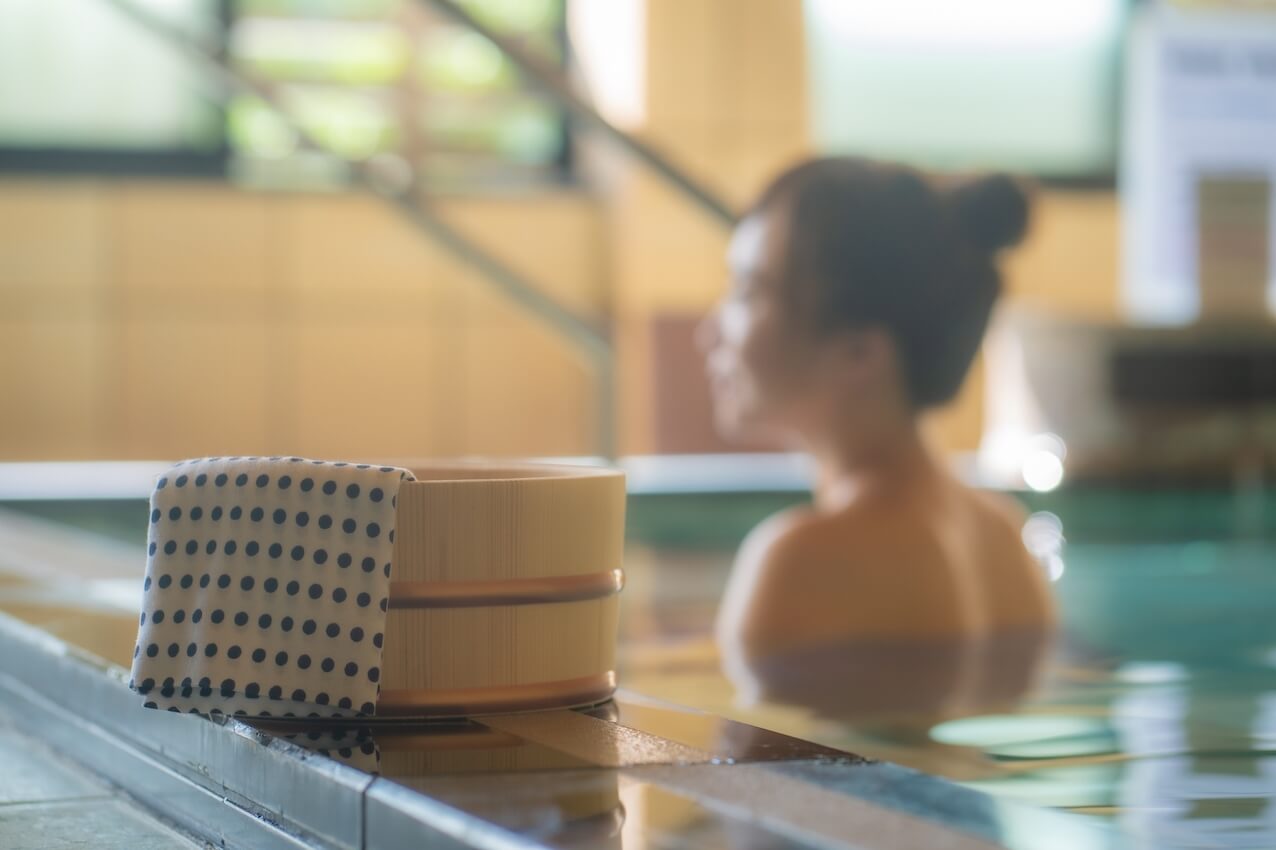
Known as ‘onsen’ in Japanese, natural hot springs play a huge role in life here and there’s no better time and place to enjoy them than during autumn in Nagano. Nagano is home to historic hot spring towns including Yudanaka Onsen, Shibu Onsen, Kanbayashi Onsen, Nozawa Onsen, Bessho Onsen and many others. You’ll have no trouble finding one and once you’ve dipped your toes into onsen culture, you’ll likely find you love it. Enjoyable all year round, the hot springs are perhaps at their most enjoyable in the cooler to colder months of October to March.
Matsushiro Autumn Sanada Clan Jumangoku Festival

1 Day Tour
| 1-Day Samurai Food & Life Tour: Oyaki, Samurai Residences, and Katana Practice | |
| Period | All Year Round |
| Time | 10:30-17:45 |
| Meeting Place | Nagano Station Hakuba (winter only) |
| Adult Rate | ¥17,800 |
| Child Rate | ¥11,000 |

The Matsushiro Autumn Sanada Clan Jumangoku Festival is an elaborate celebration of Nagano City’s samurai enclave, held over two-days on the second weekend of October. Centered around the grounds of Matsushiro Castle Park, the first day is full of traditional music and dance performances while the festival really comes to life on the second day with a day of traditional artillery displays, taiko and dance performances in the morning, followed by the ceremonial parade of samurai and their attendants in full regalia in the early afternoon. Easy to reach using local bus services from Nagano Station, the festival is not to be missed.
NOVEMBER
Ebisuko Fireworks Festival

1 Day Tour
| [NOV 23 ONLY] 1-Day Tour: Ebisu-ko Fireworks Festival & Snow Monkeys | |
|
| |
| Period | November 23 |
| Time | 11:00 – 21:00 |
| Meeting Place | Nagano Station |
| Adult Rate | ¥28,800 |
| Child Rate | ¥24,300 |

Held on November 23rd, Nagano’s Ebisu-ko Fireworks Festival is the largest autumn fireworks display in Japan. Dating back to 1899, the display was first held in gratitude to Ebisu – one of Japan’s seven lucky gods – and in prayer and thanks for a prosperous business harvest. Today, the fireworks attract more than 400,000 spectators – a stunning display that can be enjoyed from the comfort of reserved seating on our 1-Day Ebisu-ko Fireworks Festival & Snow Monkeys Tour.
WINTER ACTIVITIES IN NAGANO

Winter is Nagano’s most famous season internationally. As the host for the 1998 Winter Olympics, the skiing scene and generous amounts of powder snow that bless Nagano were thrust into worldwide fame. Today, winter brings visitors from all over to ski, but that’s not all there is to do!
DECEMBER
Toyamago Shimotsuki Festival
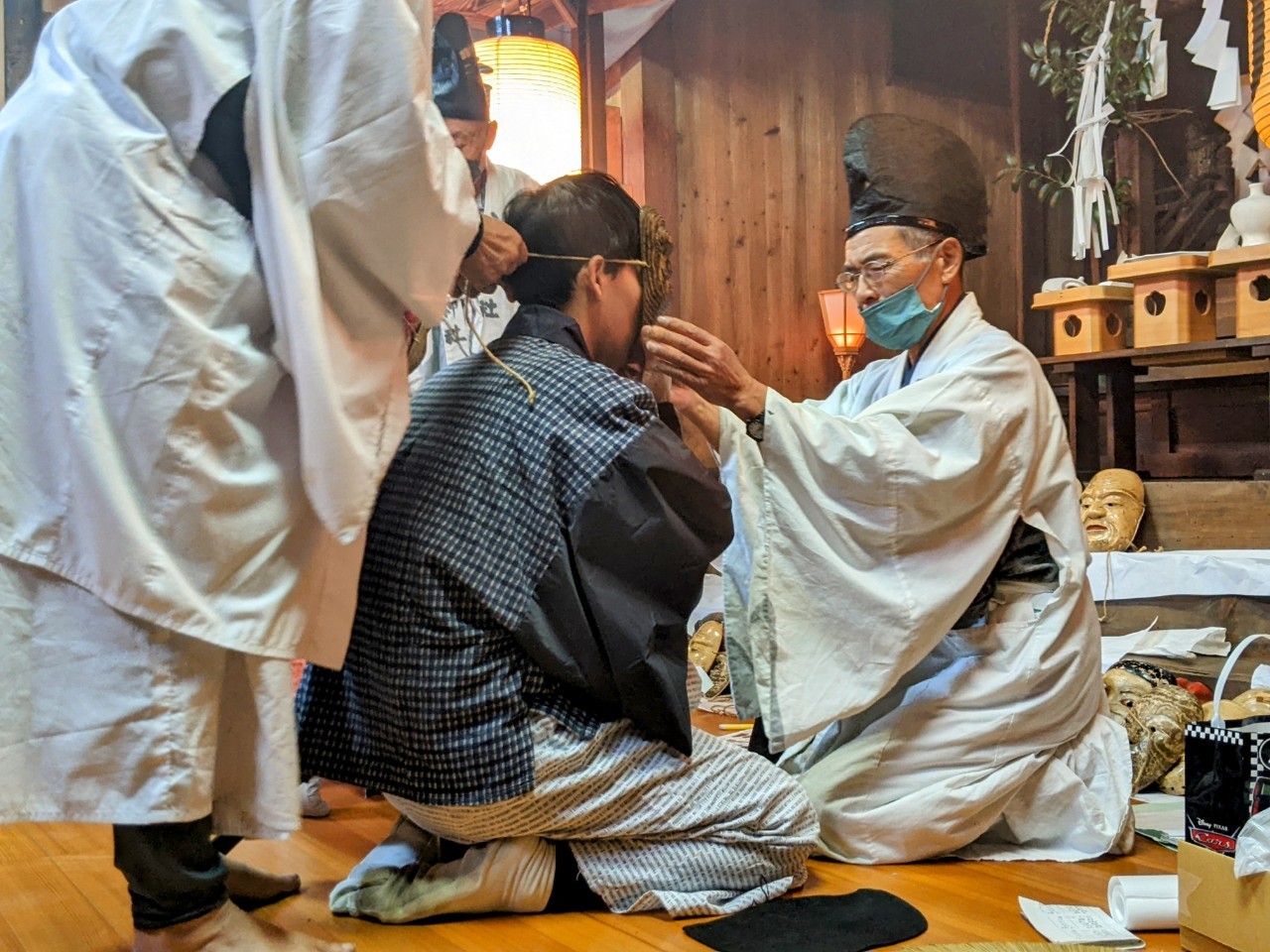
Lying around 3 hours to the south of Nagano and 4 hours to the west of Tokyo, Toyamago is a beautiful yet hidden enclave of the Tenryu Riverlands. Undiscovered by international visitors, this is a region of Japan rarely seen – a beautiful landscape of high mountains, thick forest and the winding Tenryu River. Toyamago is also known as a place of spirits, a belief and tradition that is celebrated each December during its Shimotsuki Festival. Taking place over multiple weeks, the festival moves through local villages, centred around the shrines of each and invoking the spirits to come and dance. It culminates with the largest of those festivals around December 18 – date may vary by year – in which 42 spirits are invoked and welcomed into a local shrine by residents wearing their masks and dancing around water heated over an open fire. Regularly sprayed onto the crowd by the most boisterous of dancers, the ceremony is also seen as an act of purification and a true spectacle for anyone who can get there.
Snow Monkeys in the Snow!
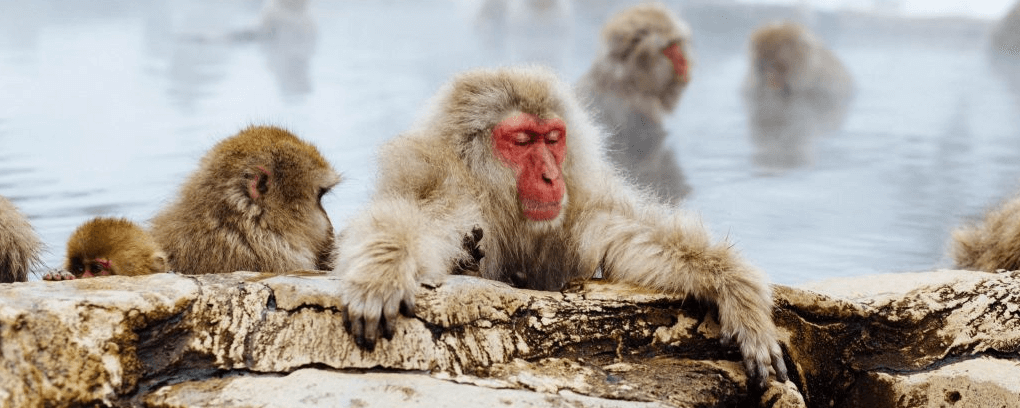
While the monkeys come to the park all-year-round, the name ‘Snow Monkeys’ is a fairly big indication that they are most famous for their winter antics, including their ability to thrive in the deep cold and snow. The first snow typically falls in the park around mid-December with heavier snows to follow and the heaviest snowfall in January and into February. It’s around this time that you’re also most likely to see the monkeys dip in their hot spring, which on the coldest days can involve dozens of monkeys huddled together in the warm thermal water. A bit of a must-do when visiting Nagano in winter.
World-class Skiing & Snowboarding

Around the same time, Nagano’s ski resorts will open. Home to the greatest number of ski resorts of any region of Japan, Nagano offers visitors world-class skiing and snowboarding in resorts including Shiga Kogen, Nozawa Onsen, Madarao, Hakuba Valley and the nearby resorts of Myoko Kogen (actually located in Niigata but typically grouped with the Hakuba resort). Our ‘Best Resorts in Nagano’ page is a great place to start when planning your next winter to getaway… we hope to see you here this winter!
JANUARY
Nozawa Onsen ‘Dosojin’ (Fire Festival)

1 Day Tour
| 1-Day Tour From Hakuba & Nagano: Nozawa Fire Festival & Snow Monkeys | |
|
| |
| Period | January 15th |
| Time | 11:30/13:00 – 23:45/01:00 |
| Meeting Place | Hakuba Nagano Station |
| Adult Rate | ¥24,500 |
| Child Rate | ¥19,500 |

Taking place on January 15th each year, the Nozawa Onsen ‘Dosojin’ is considered one of Japan’s great fire festivals. Attracting thousands of visitors to one of Nagano’s most popular ski resorts, the festival includes preparatory events on both January 13th and 14th with the main action taking place on the night of the 15th, when the town and audience parade through the village to the main festival area where a wooden shrine is set to be attacked with fire by the young men of Nozawa while simultaneously defended by older ones. Raucous, crowded and just a little bit risky, Nozawa Onsen Dosojin brings the heat in the middle of winter.
FEBRUARY
Narai-juku Ice Candle Festival
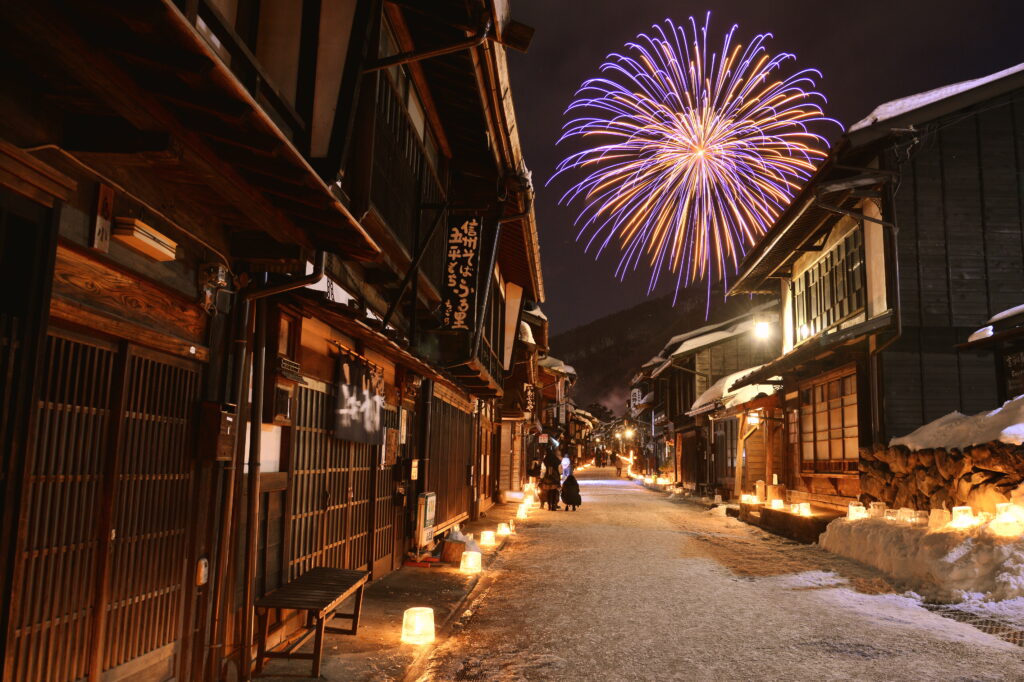
1 Day Tour
| 1-Day Tour from Nagano and Matsumoto: Experience Matsumoto Castle and Narai-juku | |
|
| |
| Period | All Year Round |
| Time | 08:15 – 18:15 |
| Meeting Place | Nagano Station Matsumoto Station |
| Adult Rate | ¥23,800 |
| Child Rate | ¥11,900 |

Held on February 3rd, the Narai-juku Ice Candle Festival brings the historic town into beautiful light in the cold of winter. Once one of the wealthiest towns along the Nakasendo, Narai was known as ‘Narai of a Thousand Houses’; a name that hints at its former size and importance. During the Ice Candle Festival, Narai is lined with ice candles and snow sculptures, imbuing the beautiful Edo Period town with a magical atmosphere. A fireworks display is the climax of the festival, which rising above the candle-lined historic streets of Narai, is a particularly charming sight. Largely unknown to international visitors, the festival promises to become more popular in coming years.
Zenko-ji Tomyo Lantern Festival
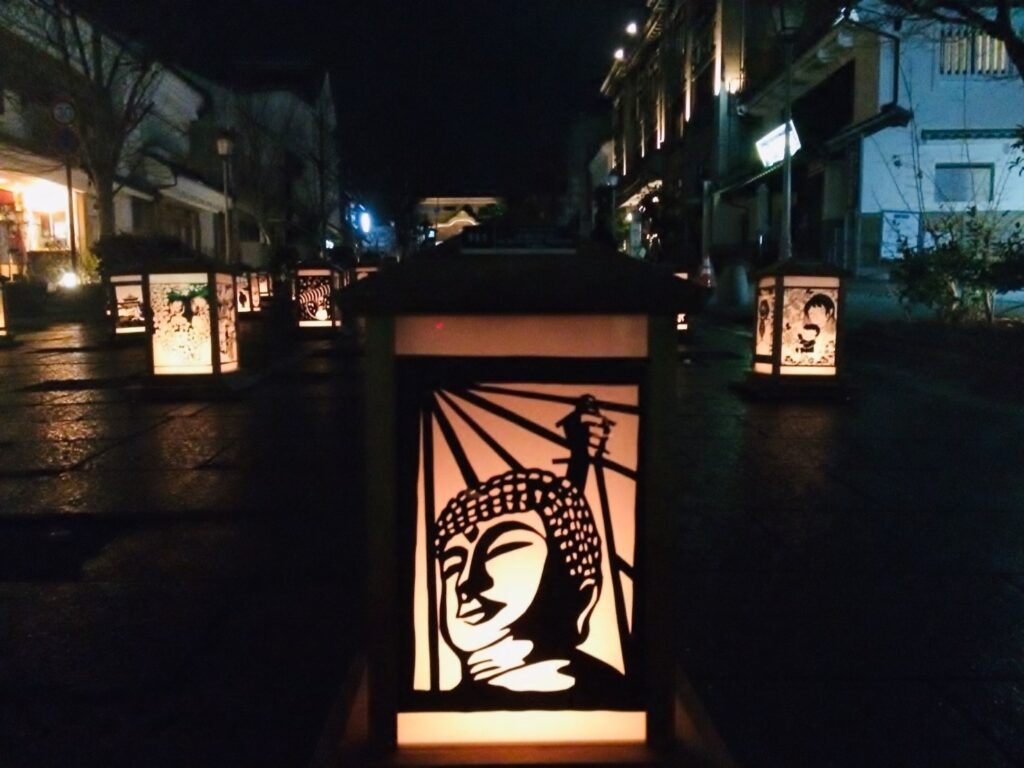
1 Day Tour
| (Special Event) Nagano’s Hidden Samurai Town & Tomyo Lantern Festival Tour | |
|
| |
| Period | February |
| Time | 10:45/12:15 – 19:40/21:00 |
| Meeting Place | Hakuba Nagano Station |
| Adult Rate | ¥19,800 |
| Child Rate | ¥15,300 |

The Zenko-ji Tomyo Lantern Festival is one of the biggest events of the year in Nagano City. Held in mid-February – dates can vary from year-to-year – the festival commemorates Nagano’s role as host of the 1998 Winter Olympic Games and is underpinned by the Buddhist act of offering light to the Buddha. ‘Kiri-e’ paper lanterns at placed within the temple grounds with the surrounding ‘shukubo’ (traditional temple lodgings) playing host to light installations while the temple itself is illuminated. With a high chance of snow at night during the festival, the Tomyo Lantern Festival is one of winter’s true highlights.
WHERE TO STAY IN NAGANO?
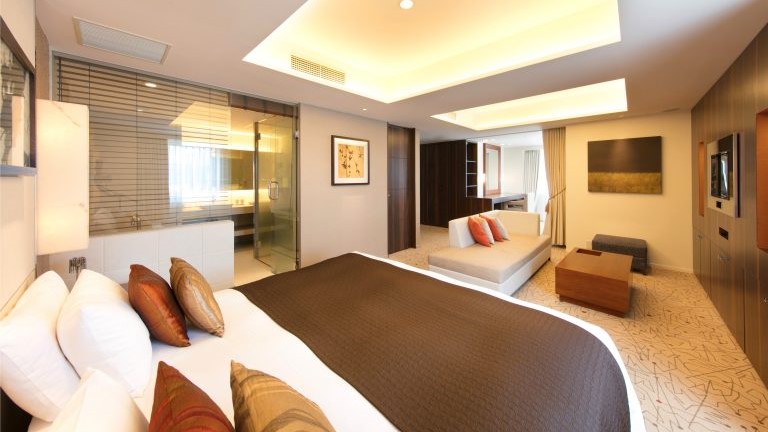
Our ‘Best Places to Stay in Nagano’ page includes lots of information about where you’ll find the best accommodation in Nagano City and wider Nagano Prefecture. As the largest city in Nagano Prefecture, Nagano City offers the most accommodation options and is the most convenient place to stay thanks to Nagano Station, which is serviced by multiple train lines and bus services running to the region’s best destinations. There are also a couple of other options nearby for travellers wanting to enjoy a traditional guesthouse while visiting places including Togakushi, the monkey park and Shiga Kogen. Let’s start with the most convenint option:
NAGANO CITY AREA

2 Day Tour
| Tea Ceremony and Zenkoji Experience Tour with ‘Shukubo’ Stay | |
|
| |
| Period | All Year Round |
| Time | 12:15-16:30 |
| Meeting Place | Nagano Station |
| Adult Rate | ¥33,800 |
| Child Rate | ¥26,800 |

Nagano City boasts lots of accommodation options, most of which are centred around Nagano Station – a stop on the Hokuriku Shinkansen line running from Tokyo to Kanazawa – 80 to 110-minutes from the capital depending on which service you use. Other train lines, tours, local buses and taxis all operate from the station making the area around it, the most convenient place to stay when exploring the region. Prices for accommodation are typically good with many hotels offering Western-style rooms and amenities, in-house restaurants and English-speaking staff. Around 15 to 20-minutes walk from the station, the area around Zenko-ji Temple has smaller guesthouses including many ‘shukubo’ (temple lodgings) in the surrounding streets. For accommodation listings, see our ‘Nagano City Area’ hotel page. When staying in Nagano City, we recommend:
HOTEL KOKUSAI 21

Located between Nagano Station and Zenko-ji Temple, Hotel Kokusai 21 is the city’s most established international hotel. Known for its blend of modern amenities and attentive Japanese service, Kokusai 21 offers guests spacious Western-style rooms with private bathrooms, multiple in-house restaurants including daily breakfast service and English-speaking 24-hour reception. Within easy walking distance of the station and the city’s most popular attractions and dining areas, Kokusai 21 offers unmatched comfort, convenience and professional service in the heart of Nagano.
HOTEL NAGANO NEW NeXT

Only 2 minutes walk from Nagano Station, Hotel New Nagano NeXT offers travellers affordable yet modern, comfortable and convenient accommodation. Four room types – single, double, twin and superior twin – each feature comfortable Western-style bedding, private bathrooms including toilet, shower and bath along with TV and Roomcast with ability to access streaming services and lots of touches more typical of a hotel well above its price range, rounded-out by a delicious buffet breakfast service that guest can enjoy in their rooms.
TOGAKUSHI AREA

Located around 40 to 50-minutes drive from Nagano Station, Togakushi is home to some of Japan’s most important Shinto shrines and a number of ‘ryokan’ (traditional guesthouses) including several ‘shukubo’ (temple lodgings). As such, staying in Togakushi offers guests the chance to enjoy a uniquely Japanese accommodation experience. Most guesthouses offer both dinner and breakfast service, traditional rooms with on-floor ‘futon’ bedding with some also have in-house hot springs. Most guesthouses are concentrated around the ‘Hokosha’ (Lower Shrine) and the lower area of Togakushi village with a second concentration nearby the ‘Chusha’ (Middle Shrine). Togakushi Ski Resort is located another 5-minutes drive past the village and offers several small ski lodges and family-run guesthouses. For accommodation listings, see our ‘Togakushi Area’ hotel page.
YUDANAKA & SHIBU ONSEN AREA

Around 45-minutes by train from Nagano Station, the historic hot spring towns of Yudanaka and Shibu Onsen boast many guesthouses and small hotels, most of which have their own in-house ‘onsen’ (hot springs). Of the two towns, Shibu Onsen is the most picturesque, retaining much of its historic character in the preservation of its small laneways, traditional public and nine public hot springs. Yudanaka is less pretty but very convenient, with most accommodation within walking distance of Yudanaka Station. Staying in this area is a good option for guests wanting to be outside the city centre, enjoy the comforts and cuisine of a traditional Japan inn, and visit nearby destinations including the Jigokudani Monkey Park, Shiga Kogen Ski Resort and Joshinetsu Kogen National Park. For accommodation listings, see our ‘Yudanaka Onsen Area’ hotel page.
SNOW MONKEY PARK / KANBAYASHI ONSEN AREA

Under 5-minutes drive from Yudanaka and Shibu Onsen – and around 50-minutes from Nagano Station – Kanbayashi Onsen is best-known for the Jigokudani Monkey Park, which is located at the top of the small village and within walking distance of all hotel and guesthouses. Sharing the same source of natural thermal water as the monkey park, all accommodation in the area have their own hot springs and service traditional ‘kaiseki’ (multi-course) menus highlighting the seasonal produce of the area. For accommodation listings, see our ‘Kanbayashi Onsen Area’ hotel page. When staying in Kanbayashi Onsen, we recommend:
HOTARUTEI VILLAS

Offering two luxurious, modern villas with multiple rooms and attached private outdoor onsen baths, Hotarutei Villas is located only a short walk from the entrance to the Snow Monkey Park Trailhead. With easy access to Nagano Station or Shiga Kogen by Express Bus, this is the perfect place to stage your ultimate retreat in the mountains of Japan. The attached restaurant, housed in a 170 year old farmhouse, serves delicious and traditional Japanese cuisine prepared with local ingredients.
HOTEL SENJUKAKU

Hotel Senjukaku is one of the best hotel’s in the region within easy walk of the Jigokudani Monkey Park and around 25-minutes drive to Shiga Kogen. A favourite hotel with members of the Japanese Royal Family, this elegant hotel is known for its exceptional service, traditional comforts, indulgent ‘onsen’ (hot springs)and outstanding ‘kaiseki’ (multi-course) meal service. Guests can choose between Japanese rooms with on-floor ‘futon’ bedding or mixed rooms featuring traditional Japanese design and Western-style bedding. Several rooms also include their own hot spring bath with all guests having access to the hotel’s large indoor, outdoor and private ‘onsen’.
HOW TO GET TO NAGANO CITY

As a stop on the Hokuriku Shinkansen line running from Tokyo to Kanazawa, Nagano is easy to reach from the capital and beyond with other express train lines connecting Nagano City to Matsumoto, the Kiso Valley and Nagoya. Our ‘How To Get To Nagano City’ page has everything you need to know about how to get here.
TOURS AND CHARTERS TO THE MONKEY PARK

As Nagano’s No.1 tour operator, we are proud to offer multiple tours that combine a visit to the Snow Monkey Park with other fun local activities. No matter the season, we can help you make the most of your time in Nagano. Whether with your family or friends, or on your own, we are sure to have something that suits your needs!
1 Day Tour

| 1-Day Tour: Snow Monkeys, Zenkoji Temple & Sake in Nagano | |
|
| |
| Period | All Year Round |
| Time | 09:35 – 17:35 |
| Meeting Place | Nagano Station Hakuba (winter only) |
| Adult Rate | ¥17,800 |
| Child Rate | ¥11,000 |

Our most popular offering is our “1-Day Tour: Snow Monkey Park, Zenkoji Temple and Sake in Nagano“. Guests on this delightful excursion will first be treated to Sake Tasting and a guided tour of the historic Zenkoji Temple in Nagano, including lunch at a nearby restaurant.
With the first half of the tour complete, you will then depart for the Monkey Park on our private tour vehicle. Once you have arrived your guide will lead the way up to the place the Monkeys call home, before you once again board the bus and return to your starting destination.
1 Day Tour
| 1-Day Tour: Snow Monkeys & Snow Fun In Shiga Kogen | |
|
| |
| Period | December to March |
| Time | 08:45 – 17:30/18:00 |
| Meeting Place | Nagano Station Snow Monkey Park Area |
| Adult Rate | ¥21,800 |
| Child Rate | ¥13,300 |

For those guests coming in the Winter, we also offer the “1-Day Tour: Snow Monkeys & Snow Fun in Shiga Kogen“, combining exciting snow activities such as sledding and riding snow scoots with a visit to the Monkey Park. Lunch is also included, making for the perfect day trip for anyone looking to experience what winter in Nagano is all about!
1 Day Tour
| [Spring Only] 1-Day Tour: Snow Monkeys & Cherry Blossoms in Nagano | |
|
| |
| Period | April |
| Time | 09:35 – 17:30/18:30 |
| Meeting Place | Hotel Kokusai 21 Nagano Station |
| Adult Rate | ¥17,800 |
| Child Rate | ¥11,000 |

Another unforgettable tour is our “1-Day Tour: Snow Monkeys & Cherry Blossoms in Nagano“. Including two of Japan’s most amazing natural spectacles, the blooming of the Cherry Blossoms and the hot-spring loving monkeys of Jigokudani, this offering is the easiest way to enjoy a relaxed spring day in Nagano.
Private Tour
| [START FROM NAGANO CITY] Private Snow Monkey Tour | |
|
| |
| Period | All Year Round |
| Time | 09:00 to 17:15 ~ 18:30 |
| Meeting Place | Any location in Nagano City |
| Price | ¥122,000 ~ / group |

For those who want a more customized experience, we also offer private tours of the Snow Monkey Park and nearby attractions such as Zenkoji Temple. For more information, please click the link above or send us an inquiry describing your ideal itinerary.
CHARTER A VEHICLE TO THE SNOW MONKEY PARK!

For those interested in private charter services, we would be pleased to provide a vehicle and propose an itinerary to suite your needs! Please see our charter page and send us your trip details so we can can start planning your journey together.











